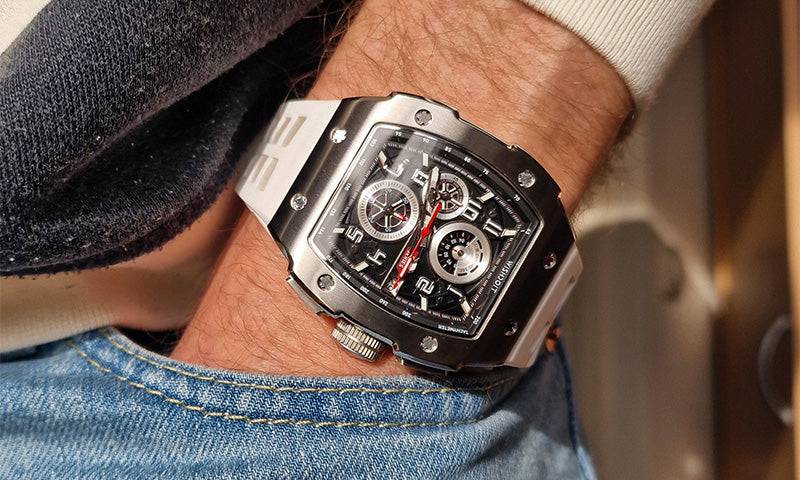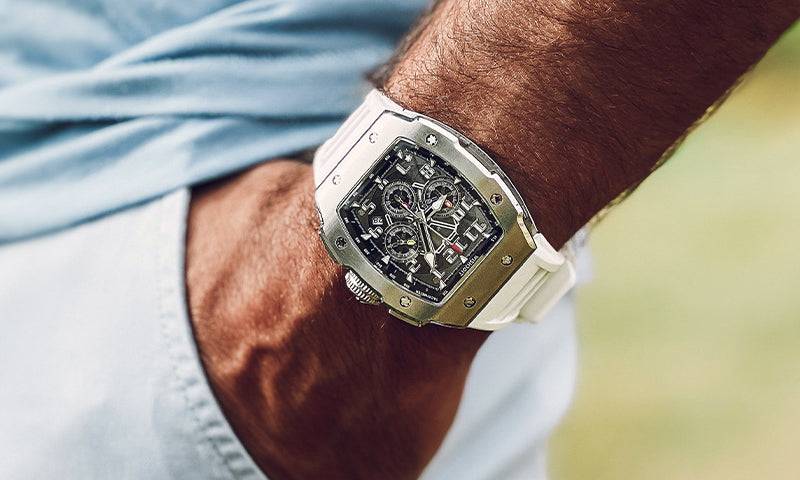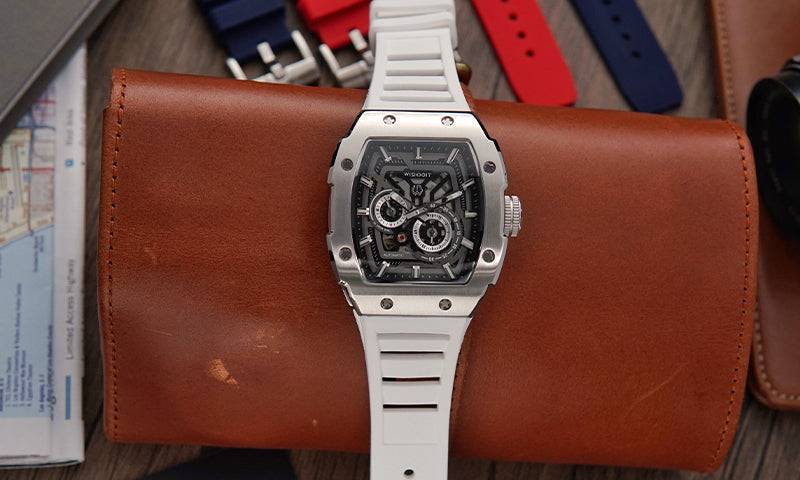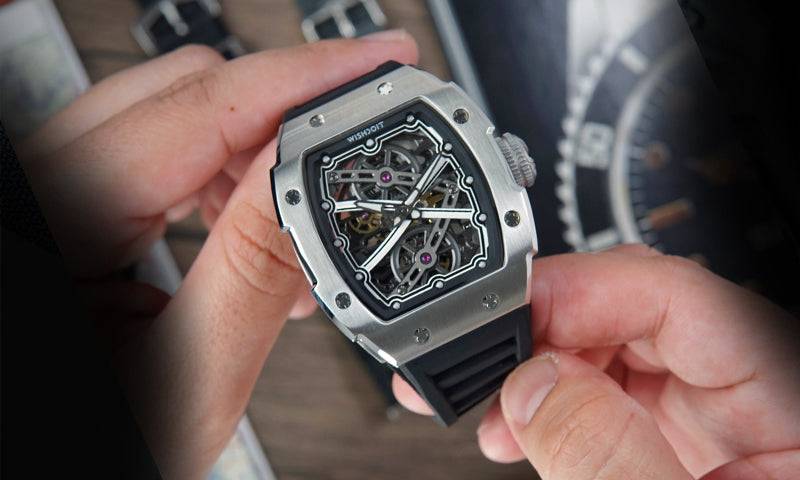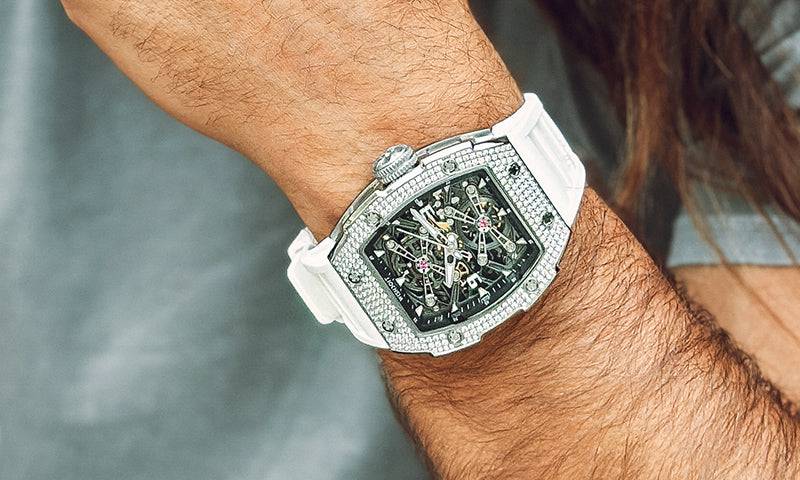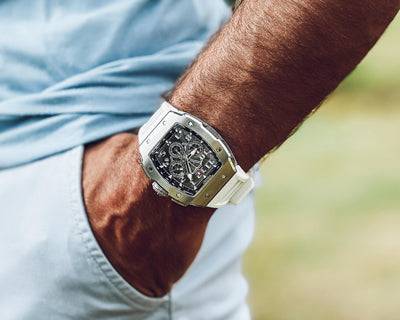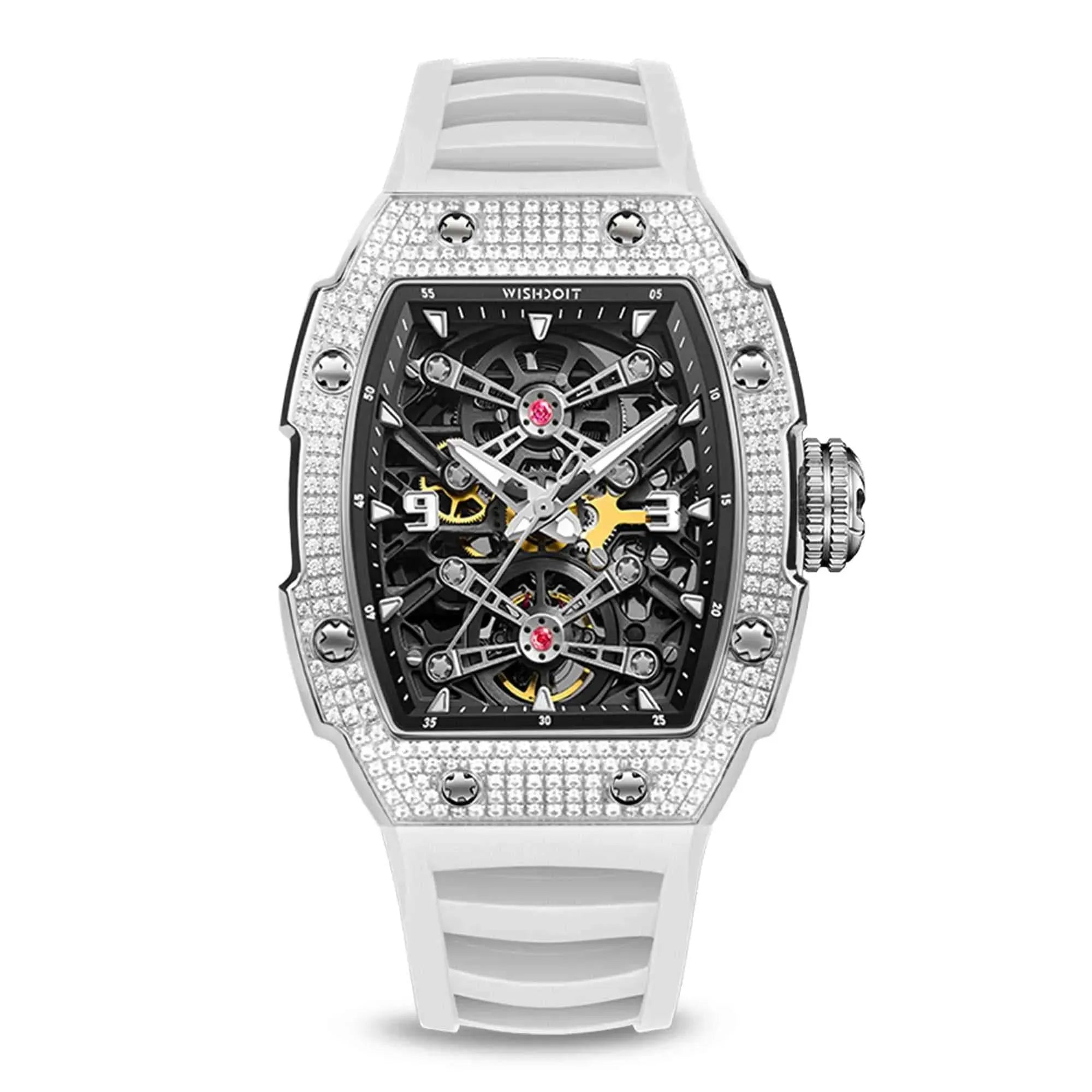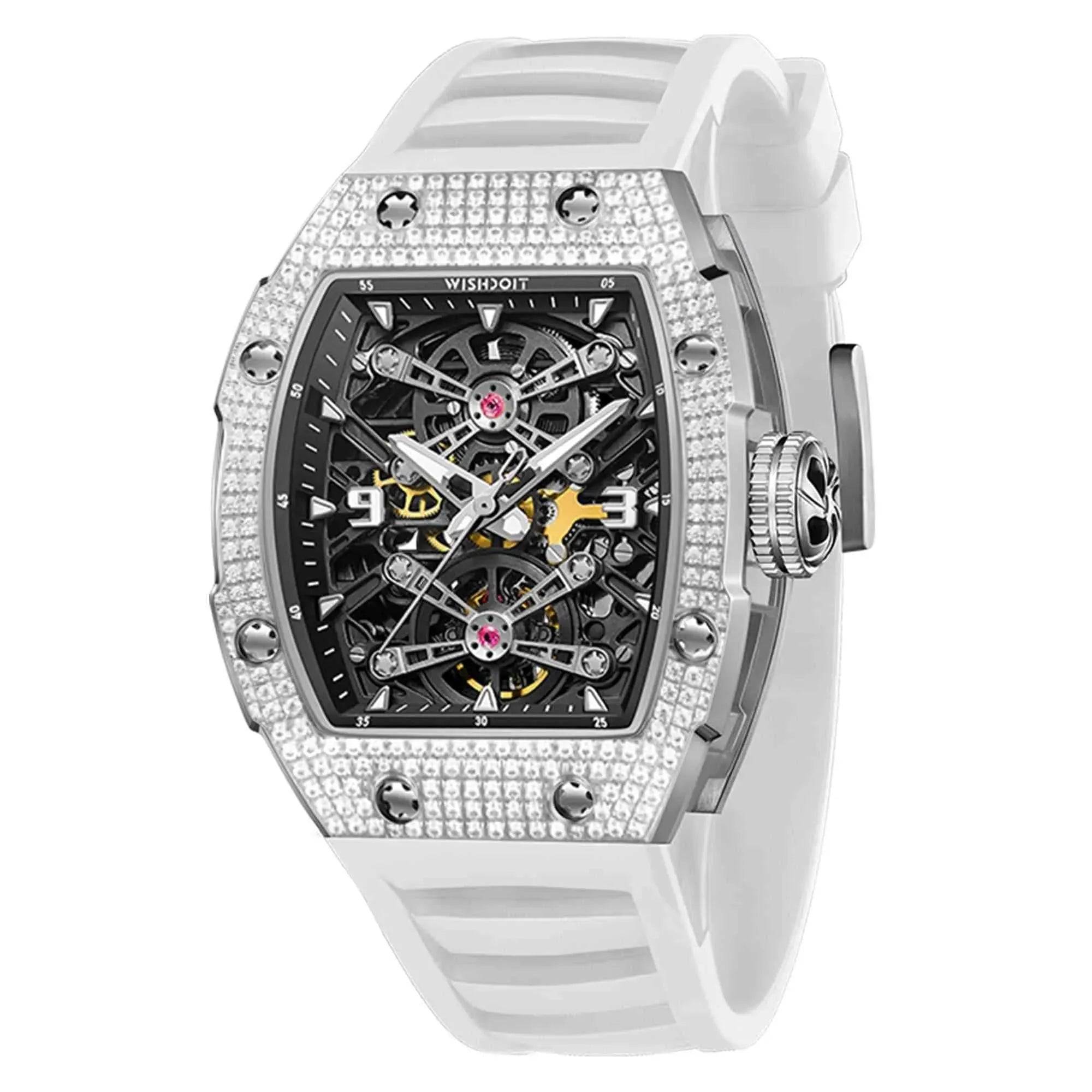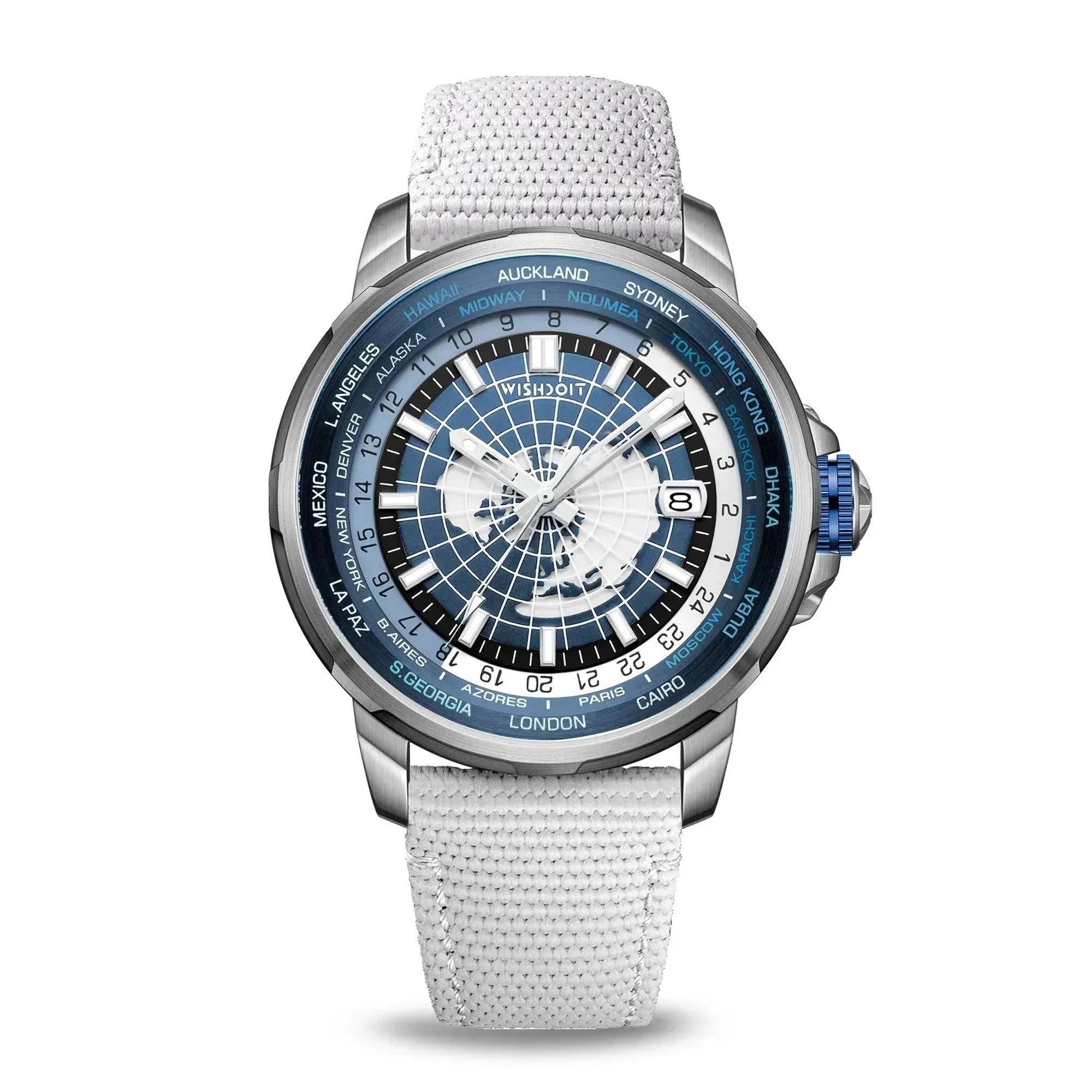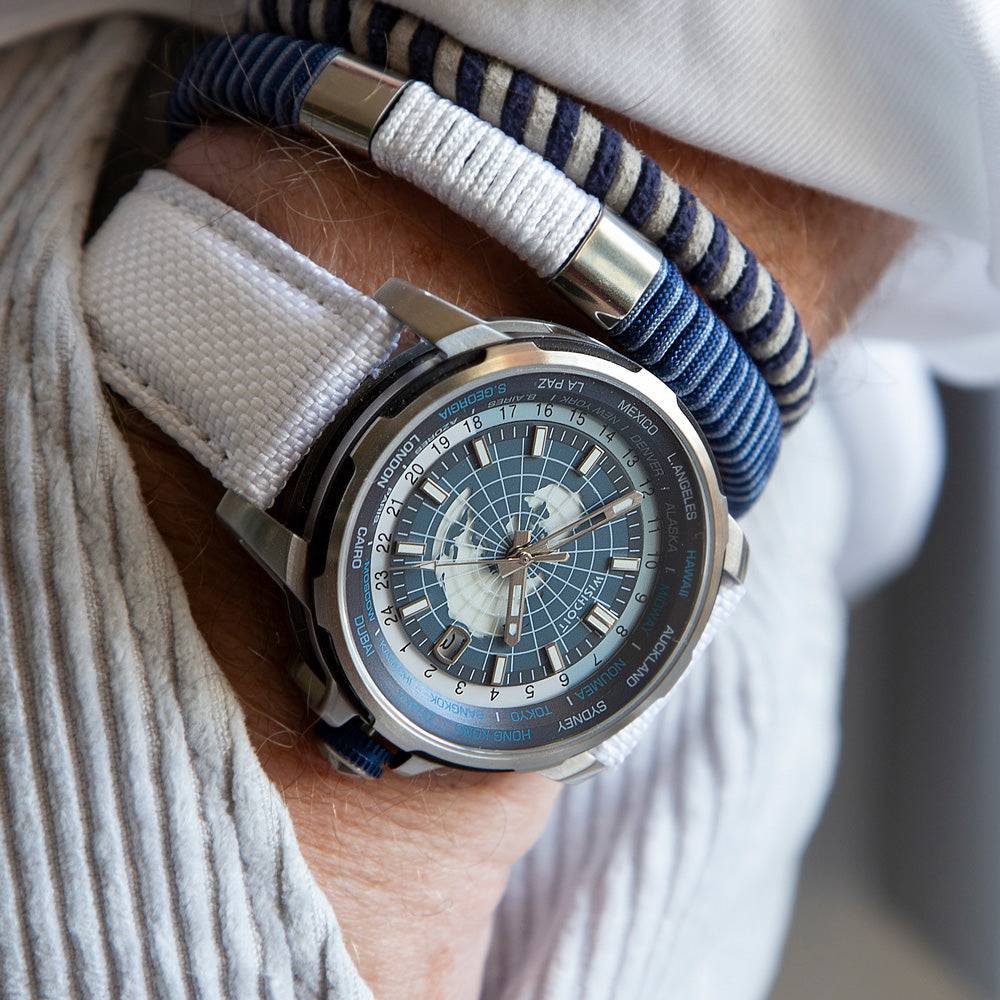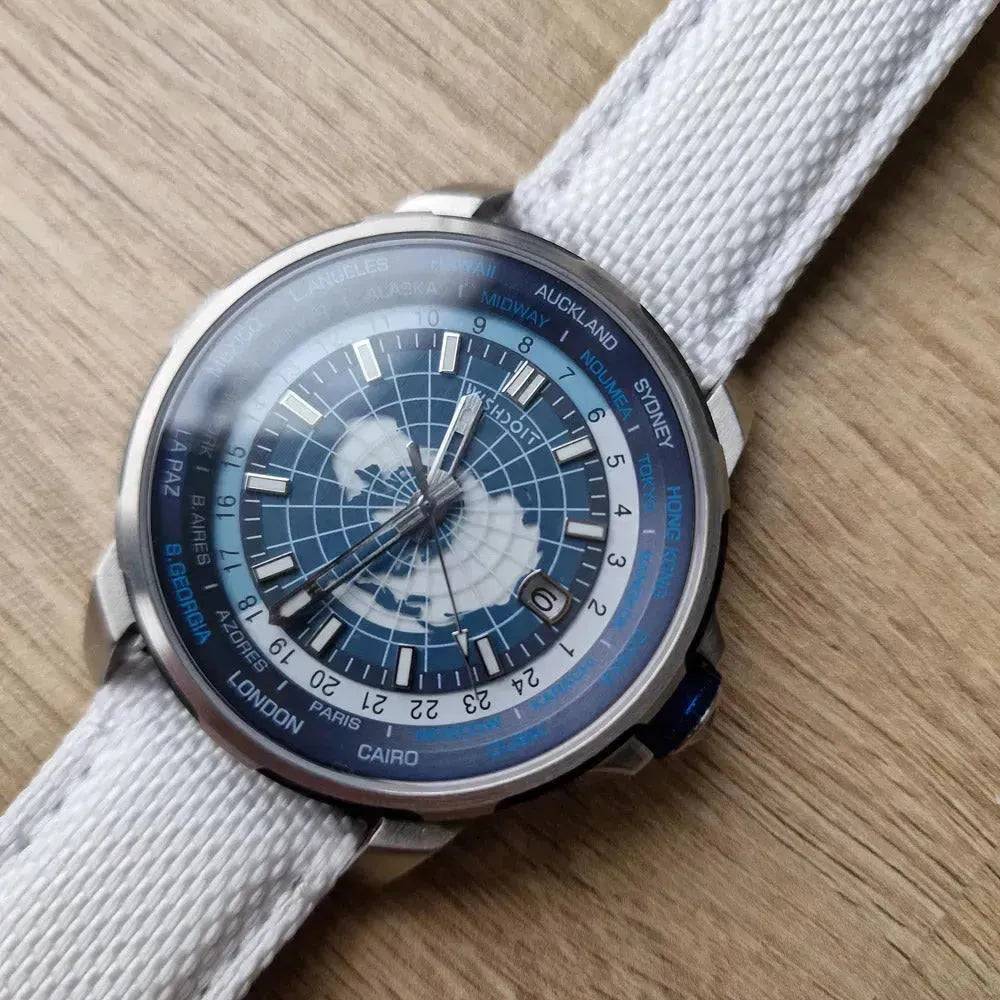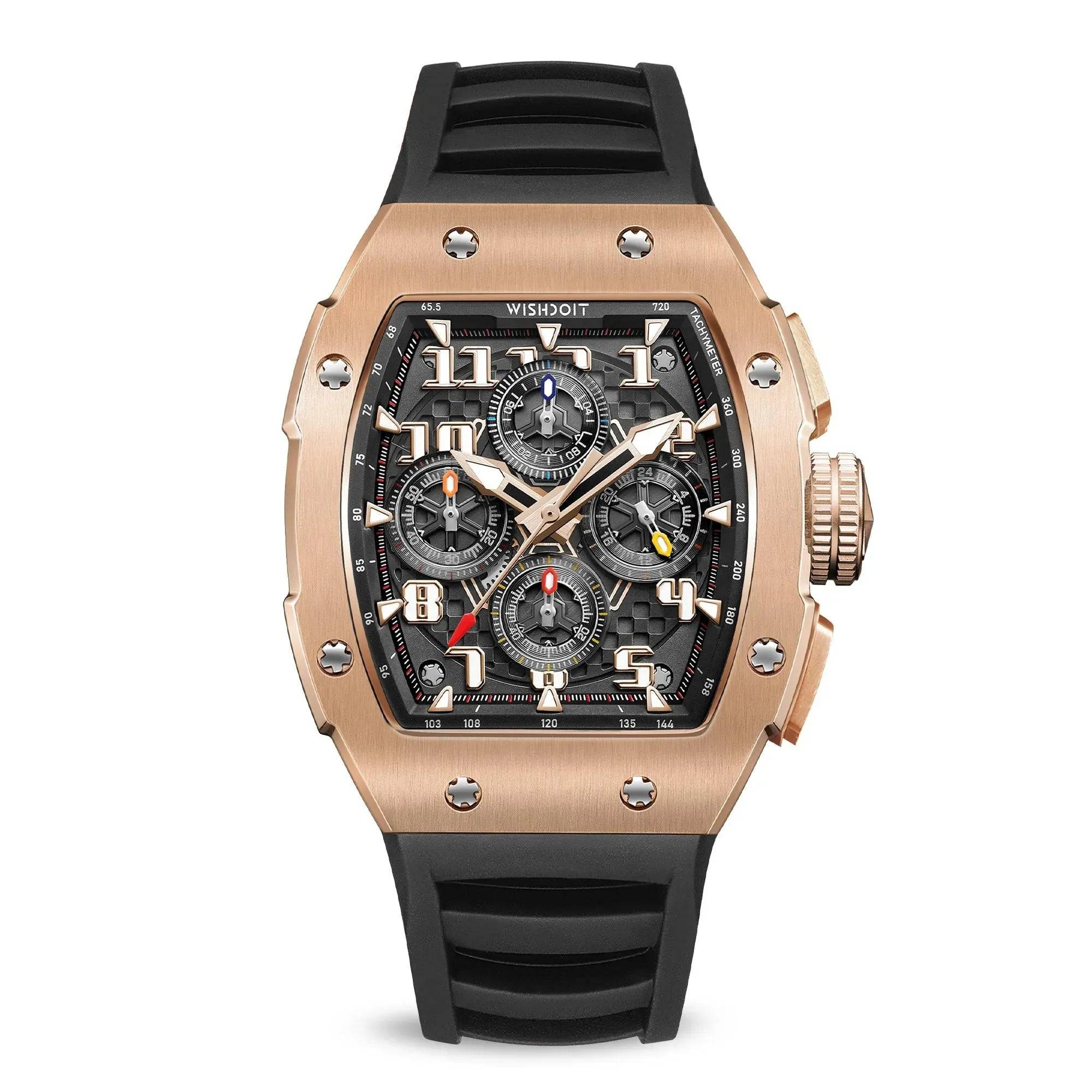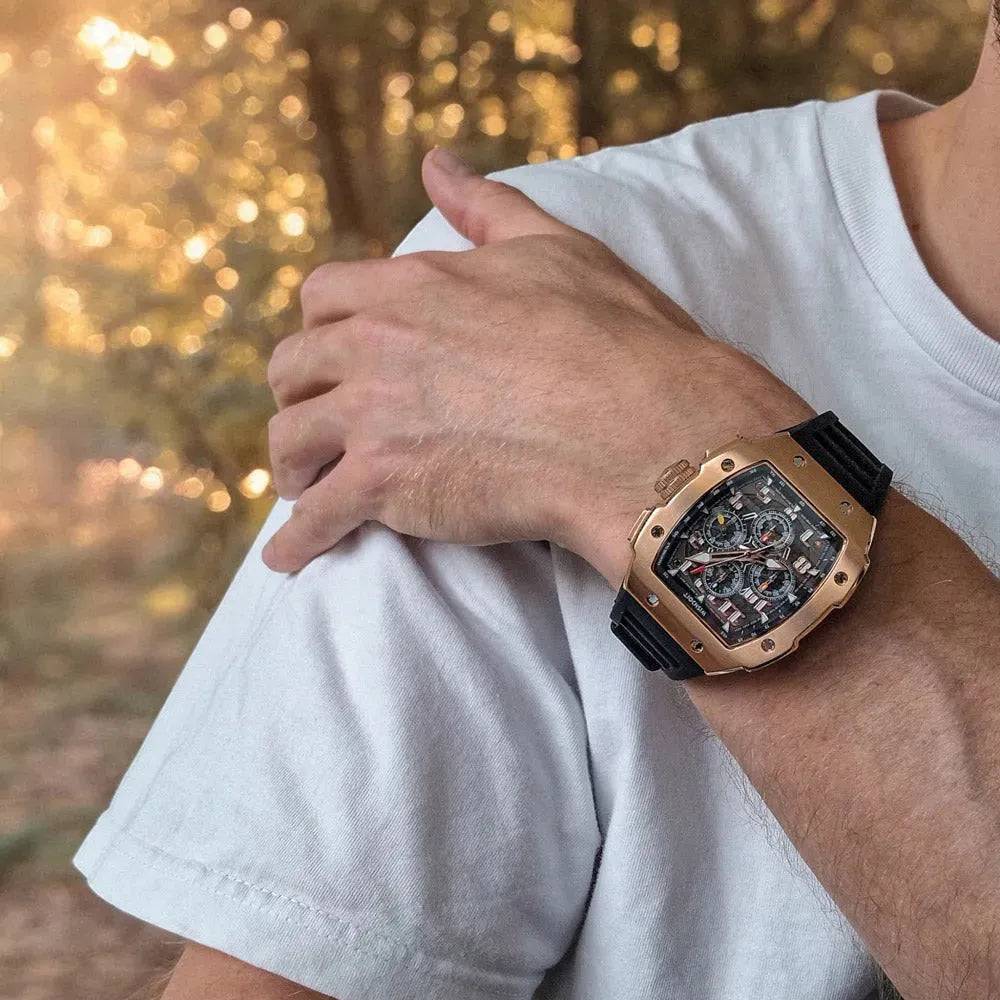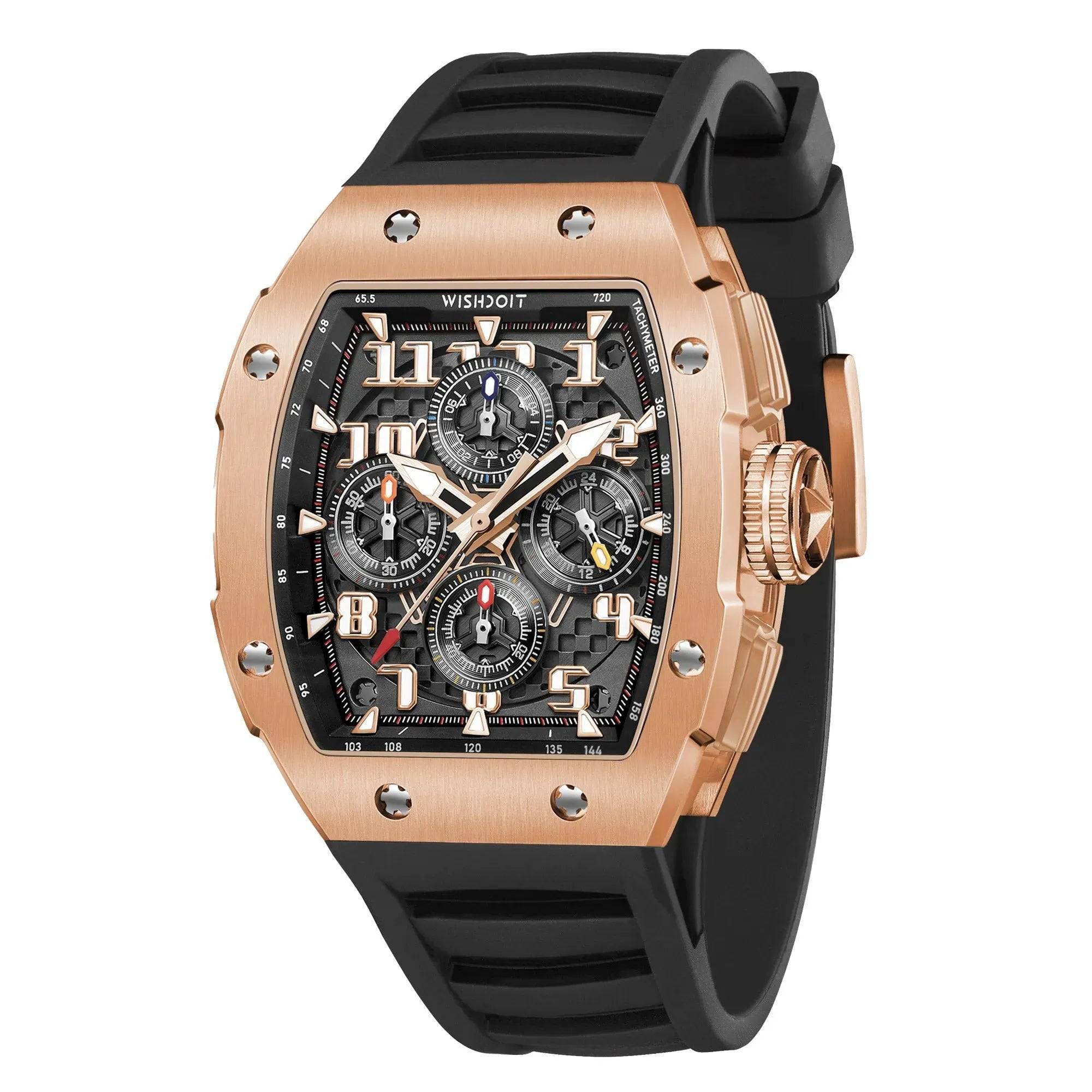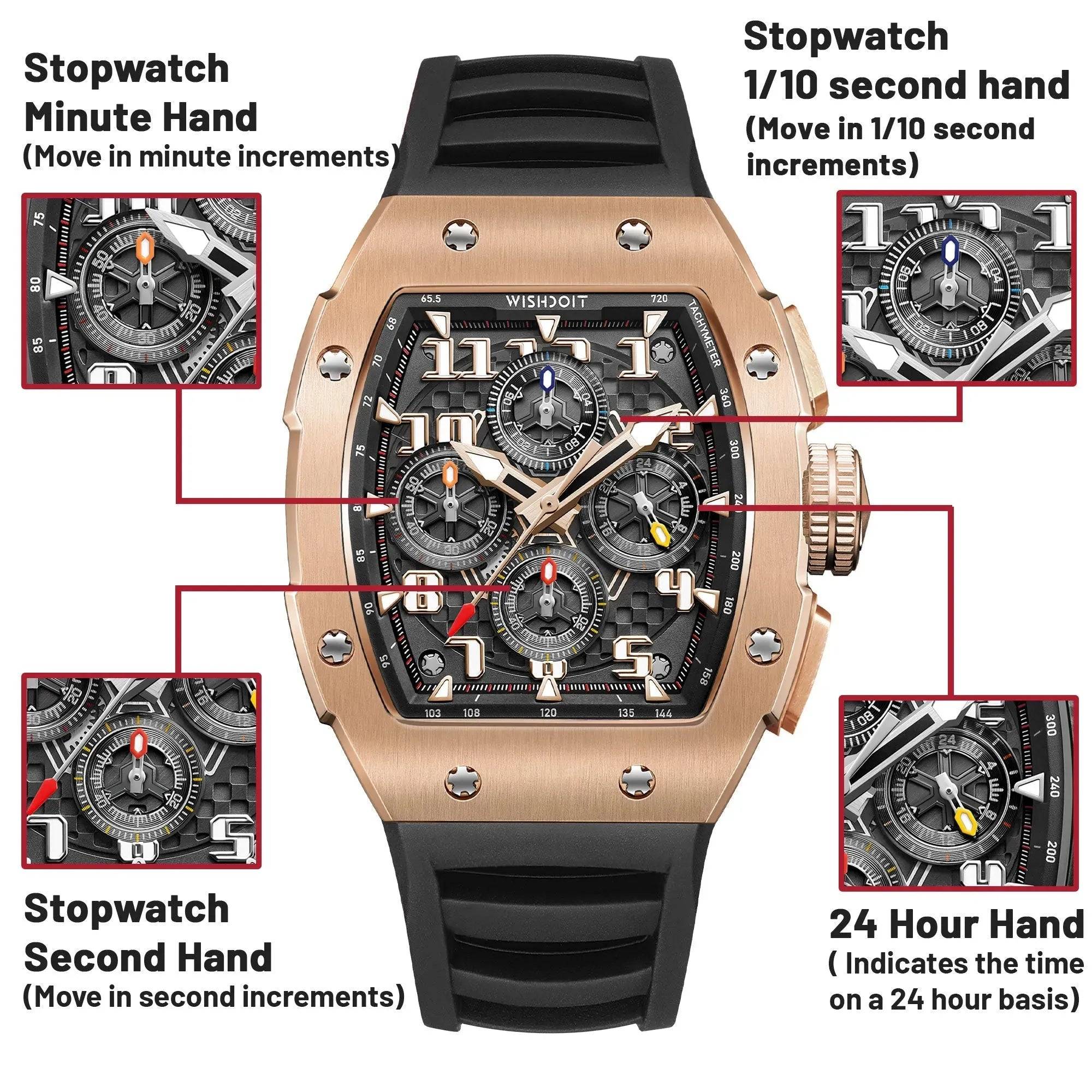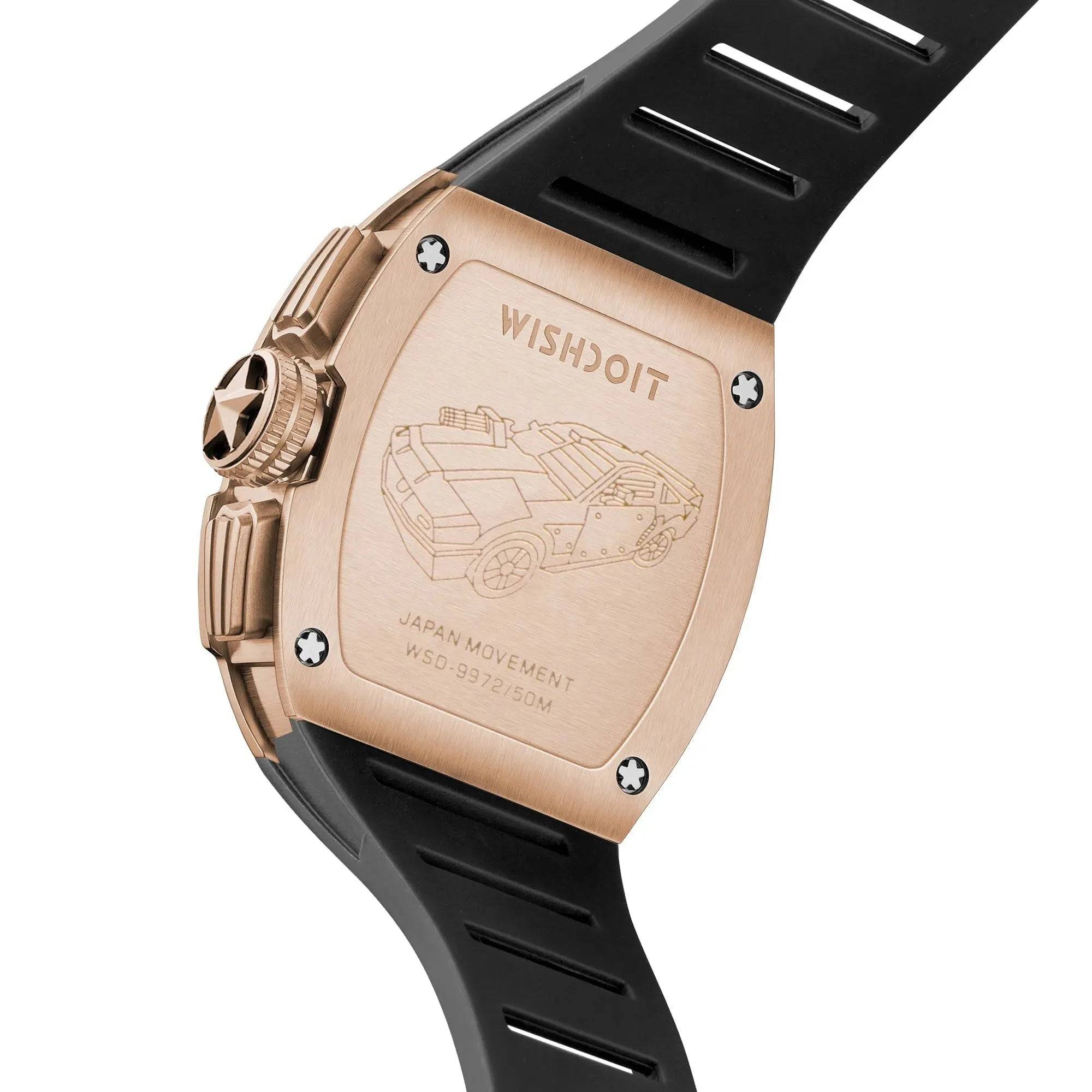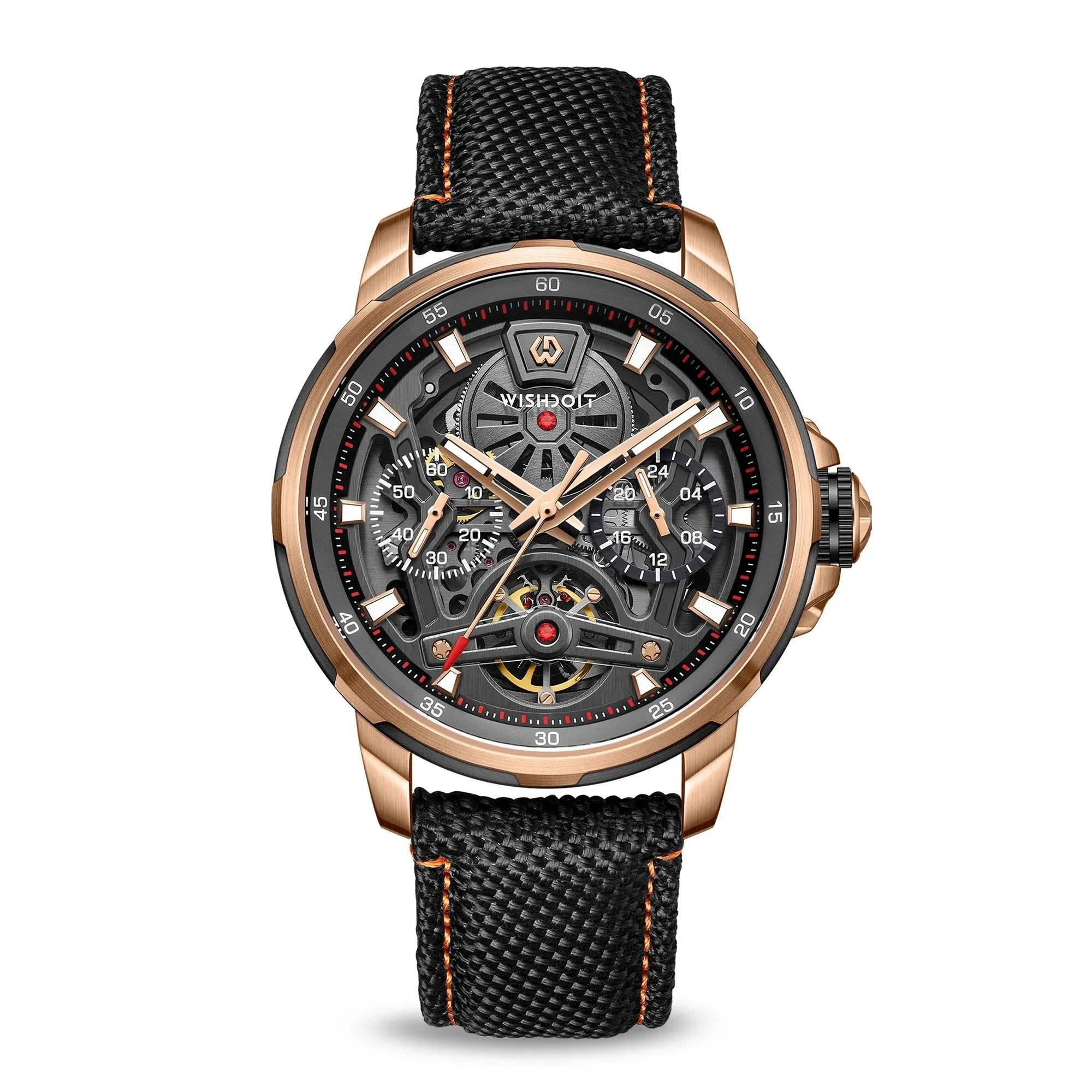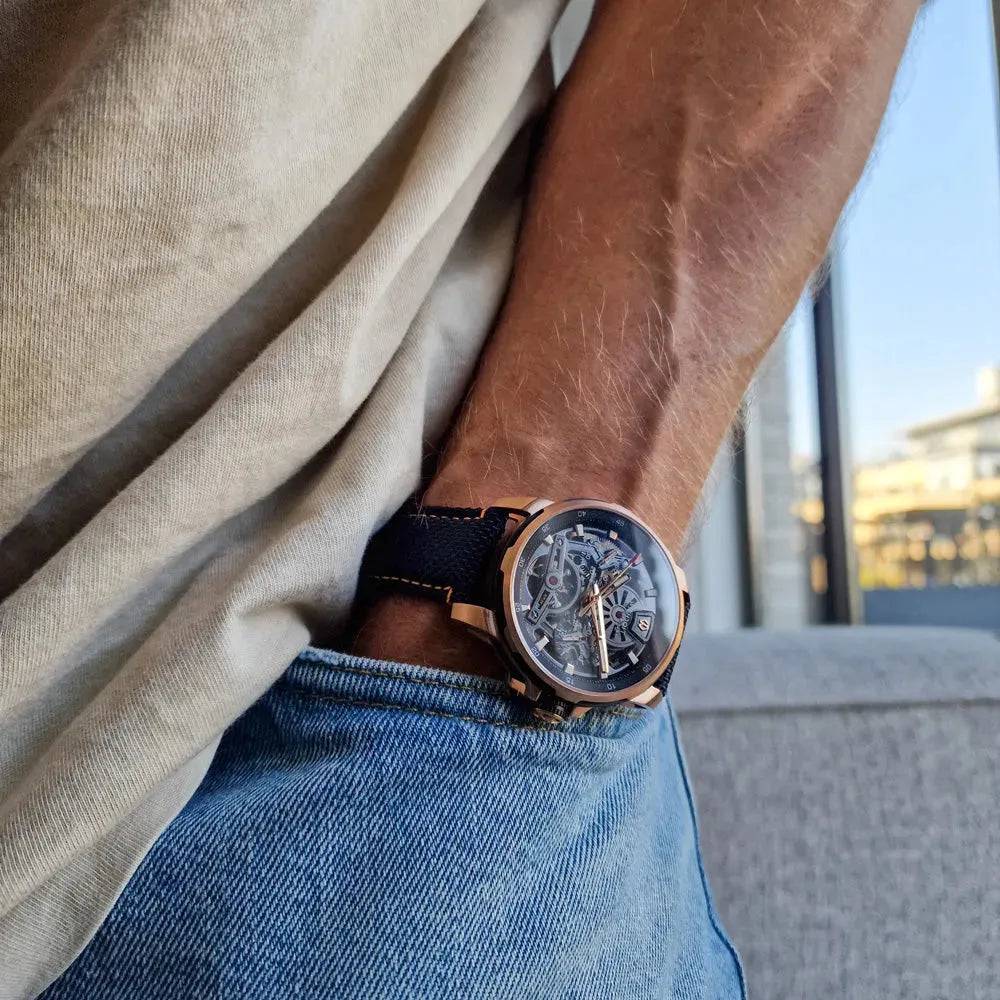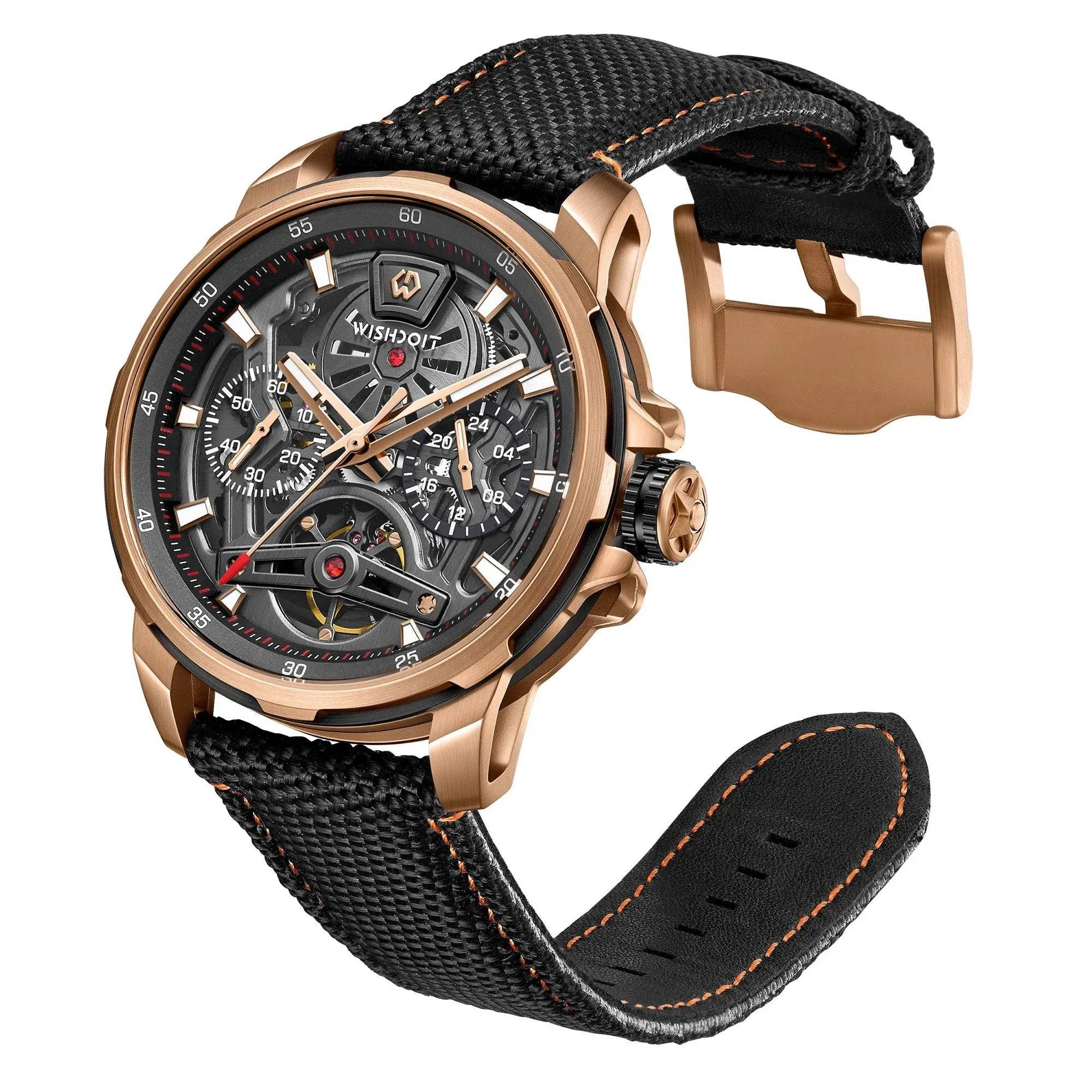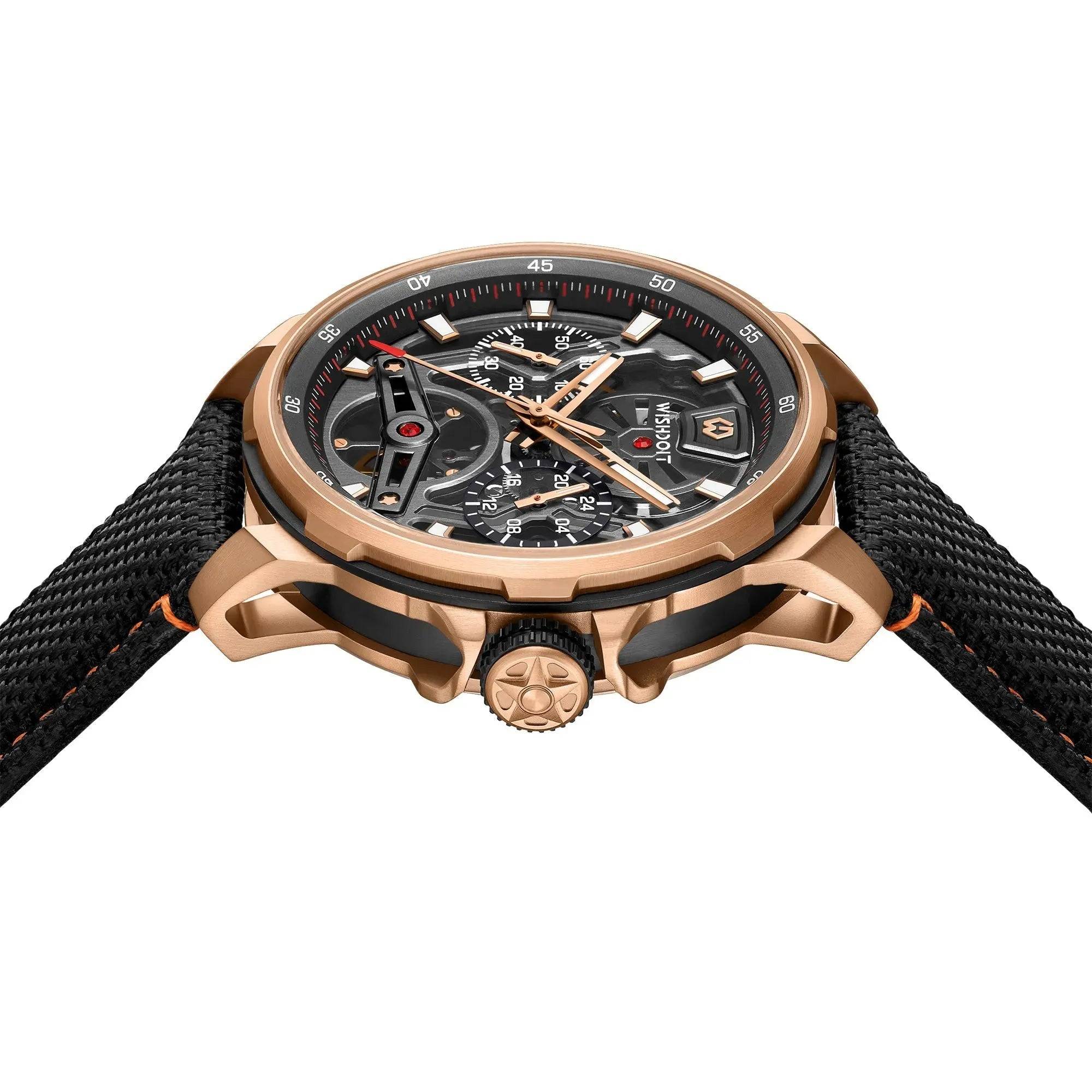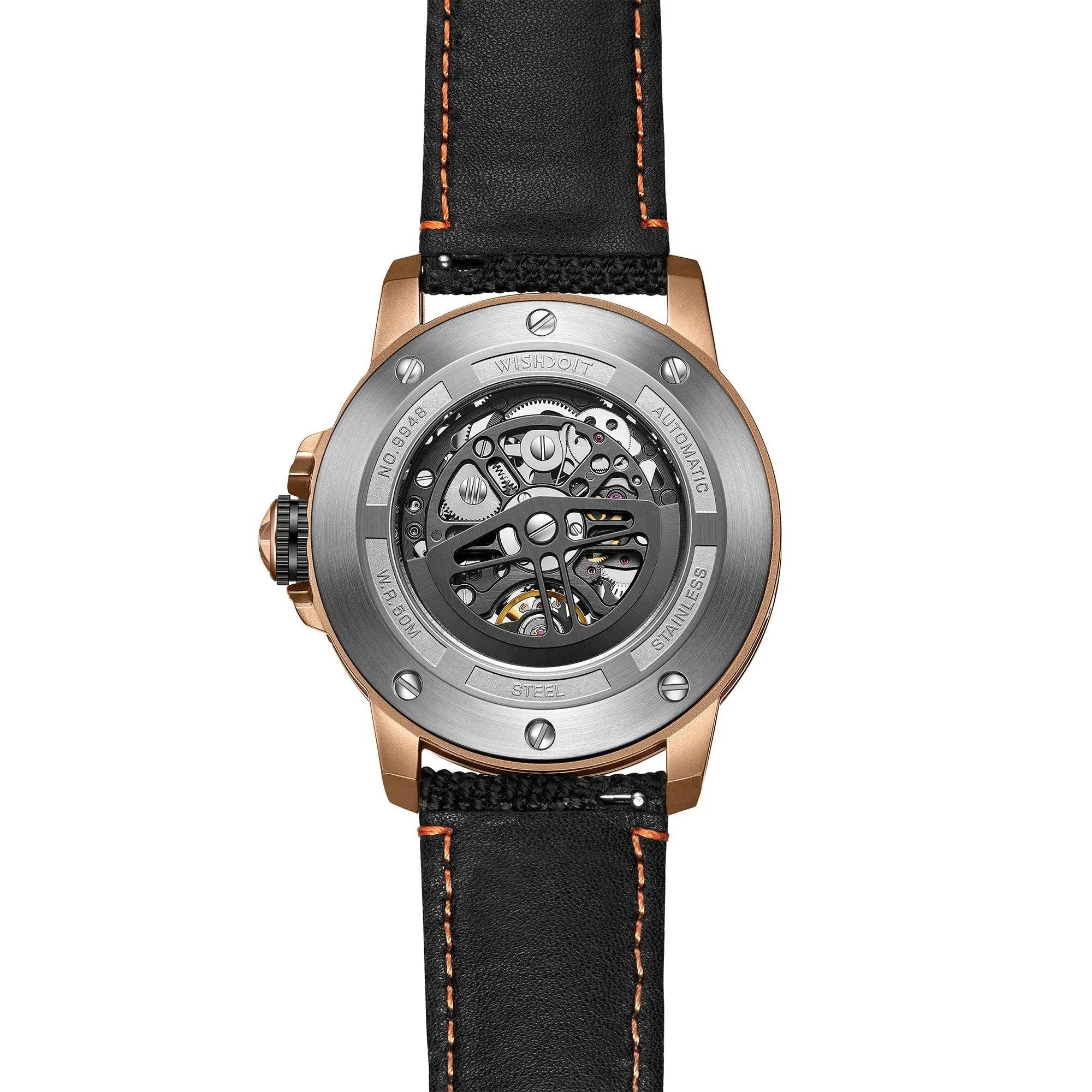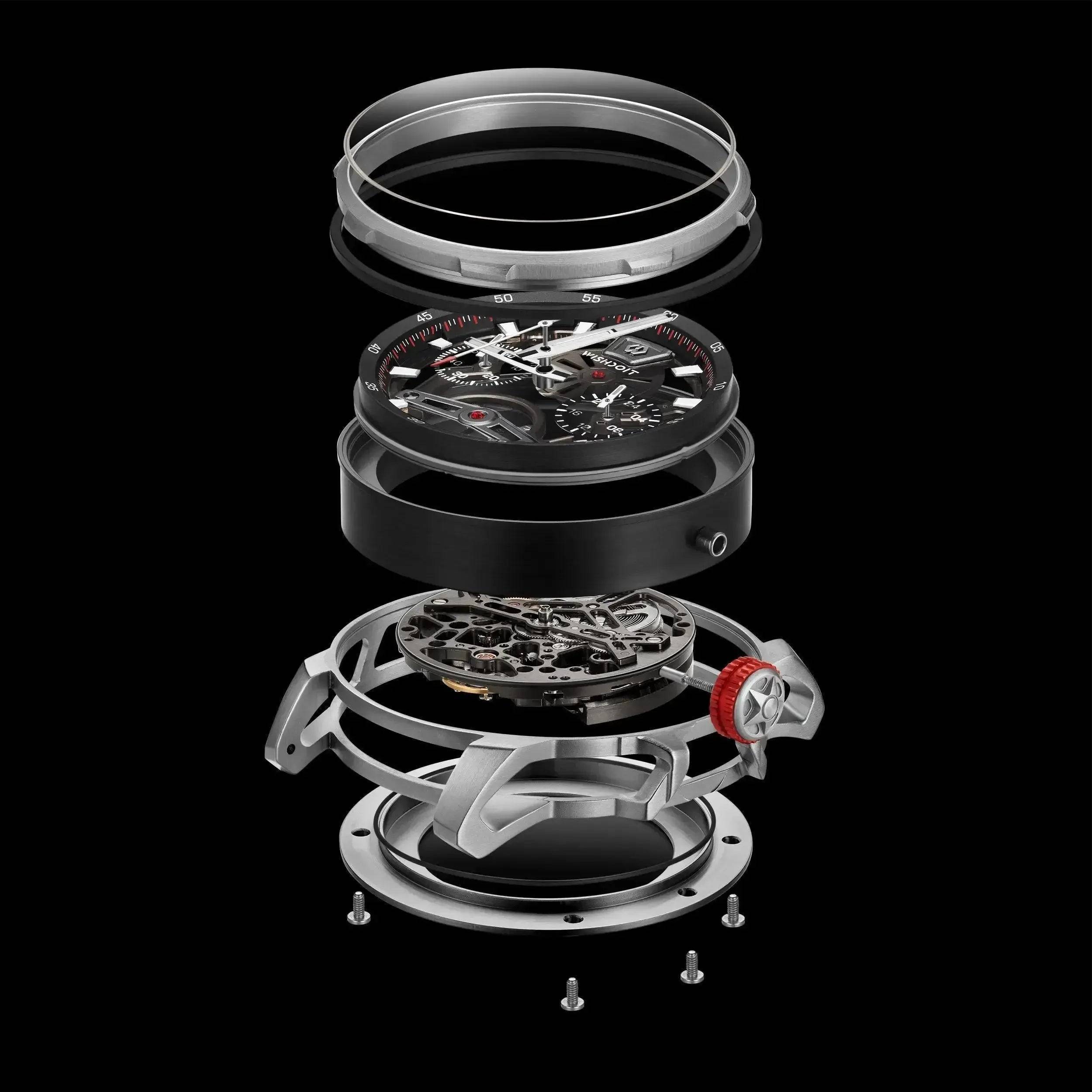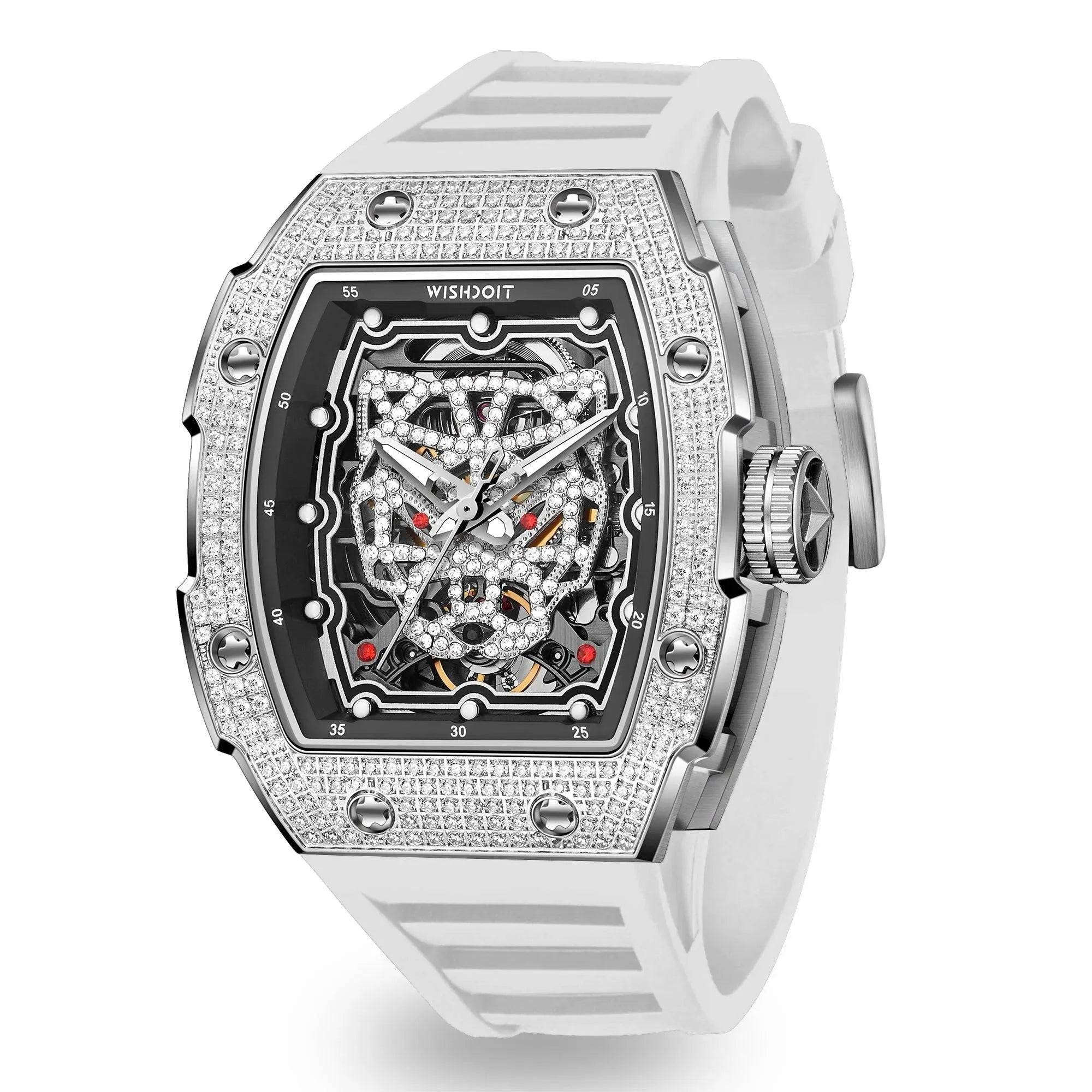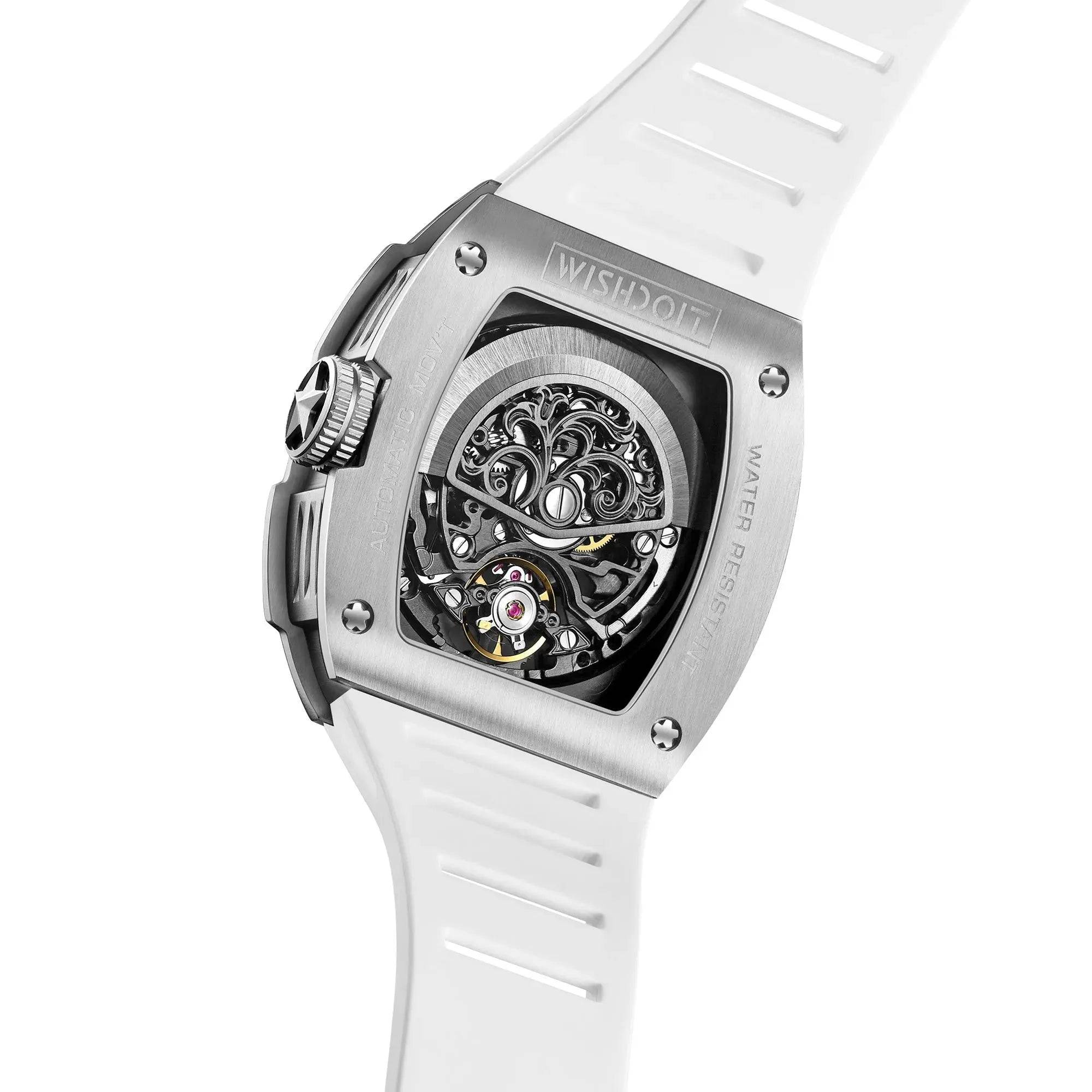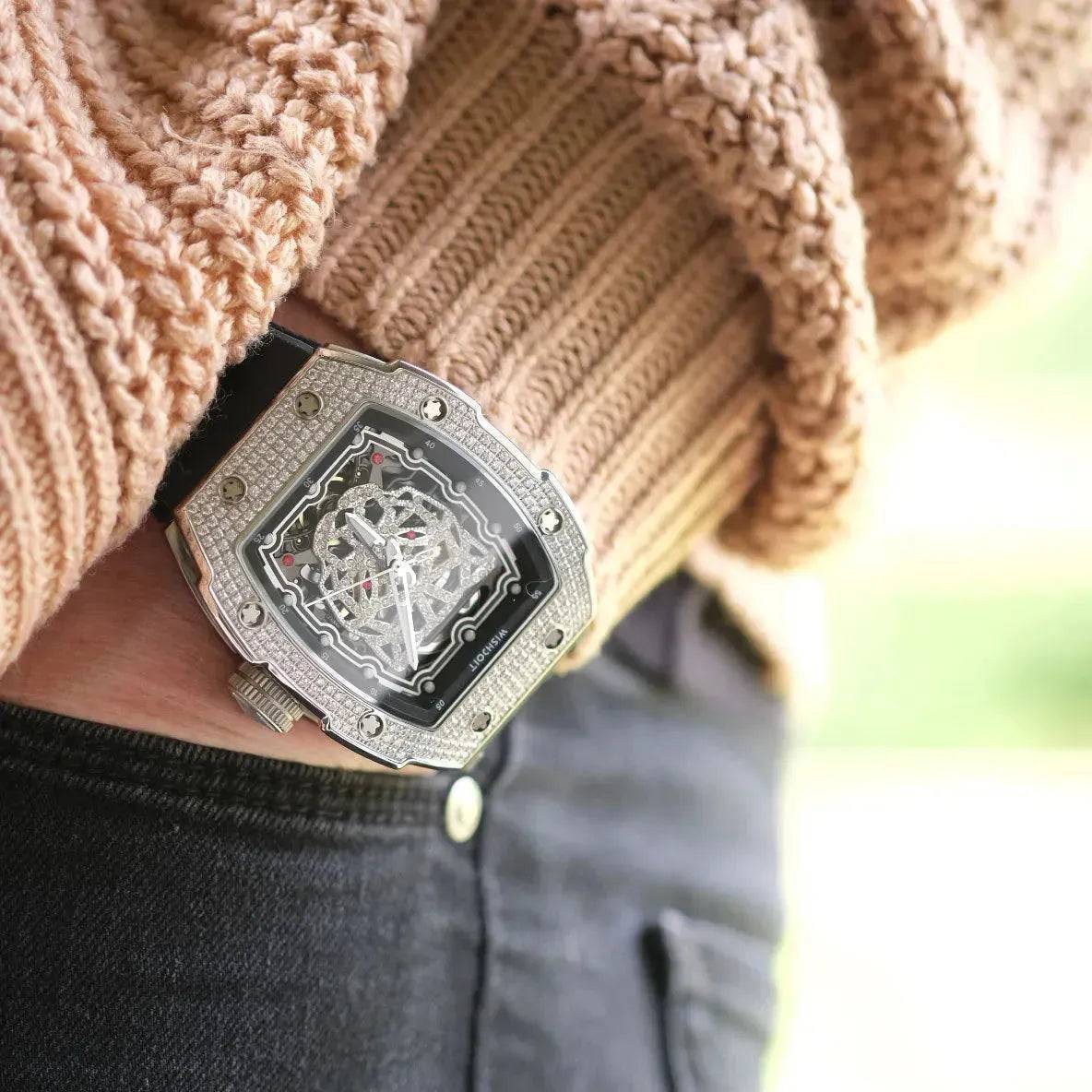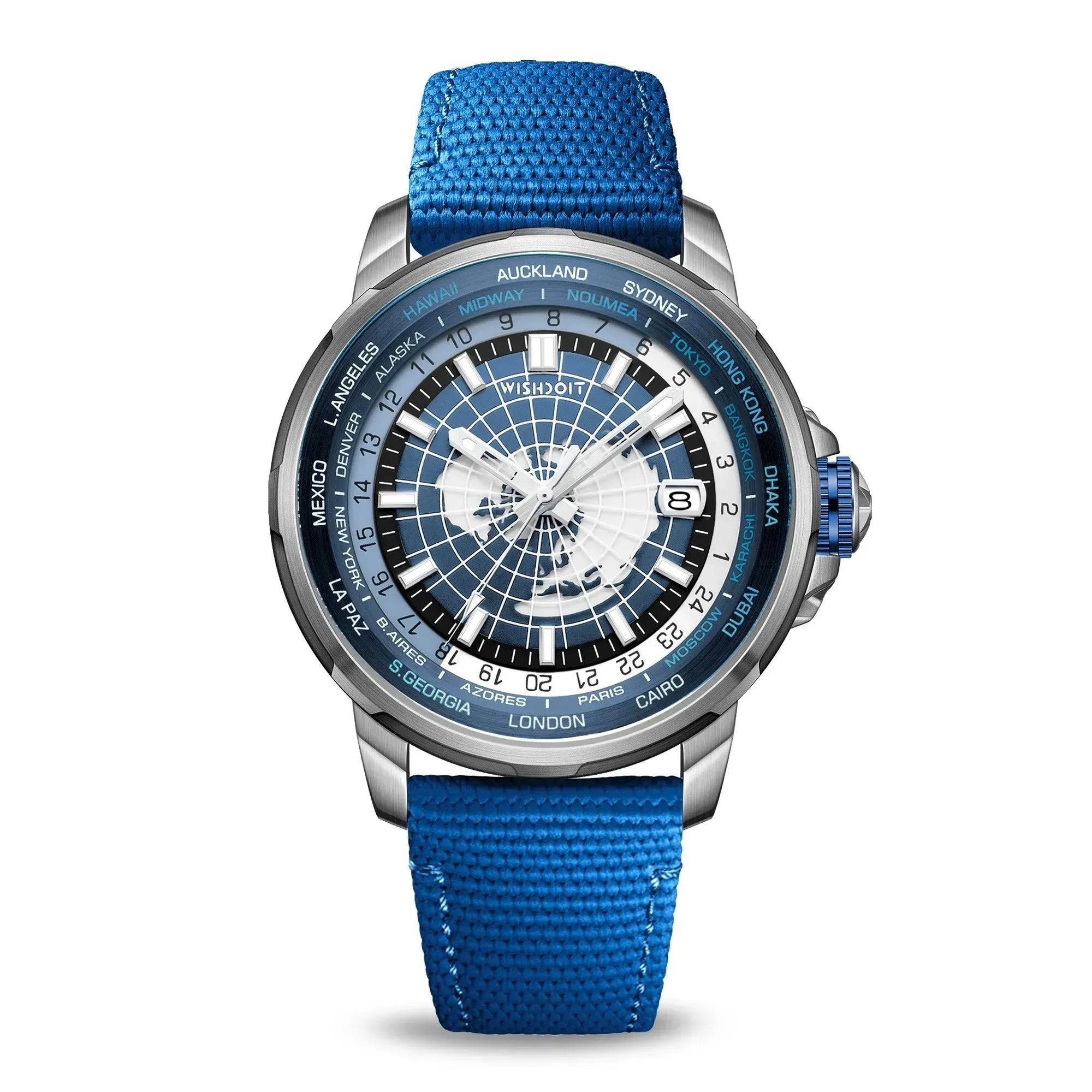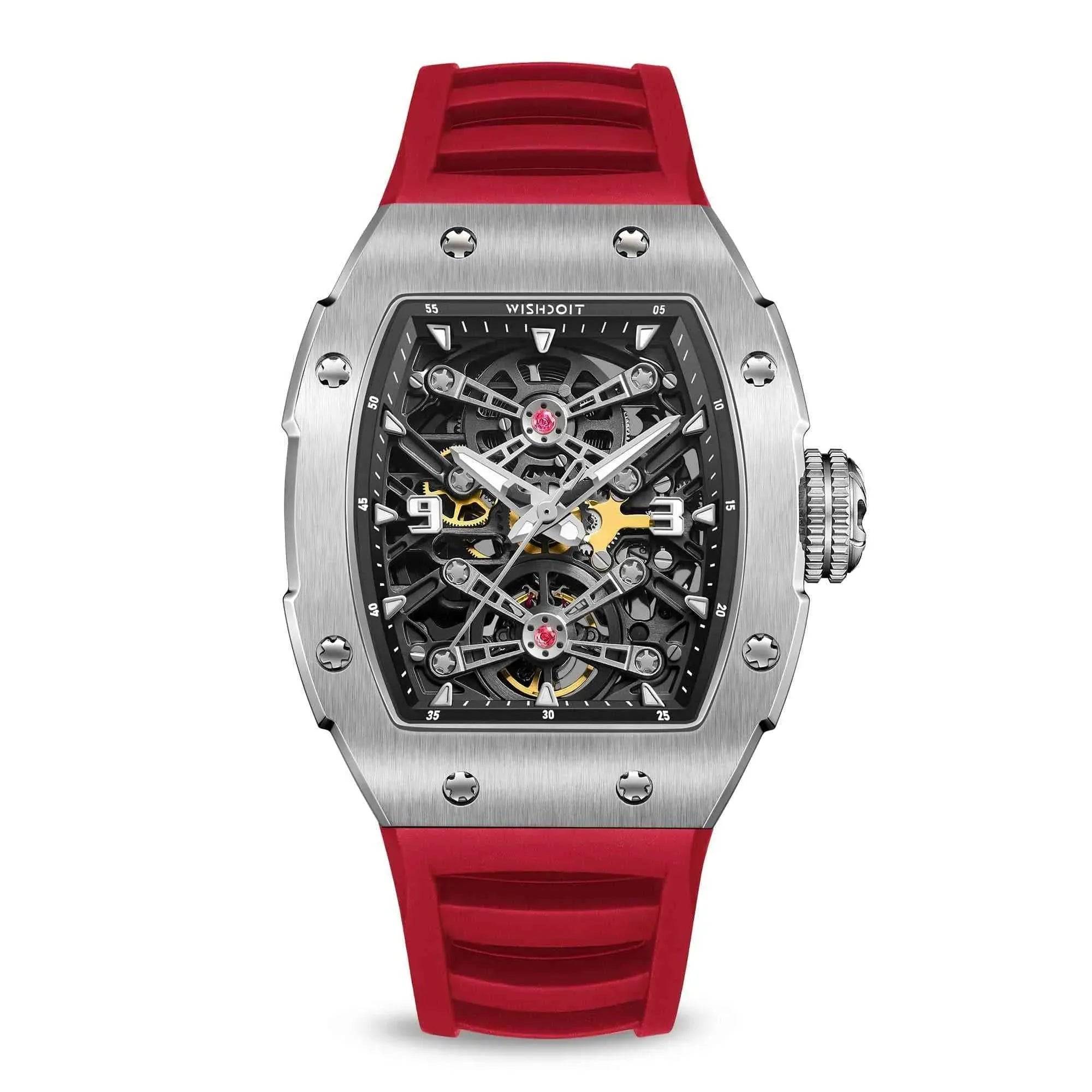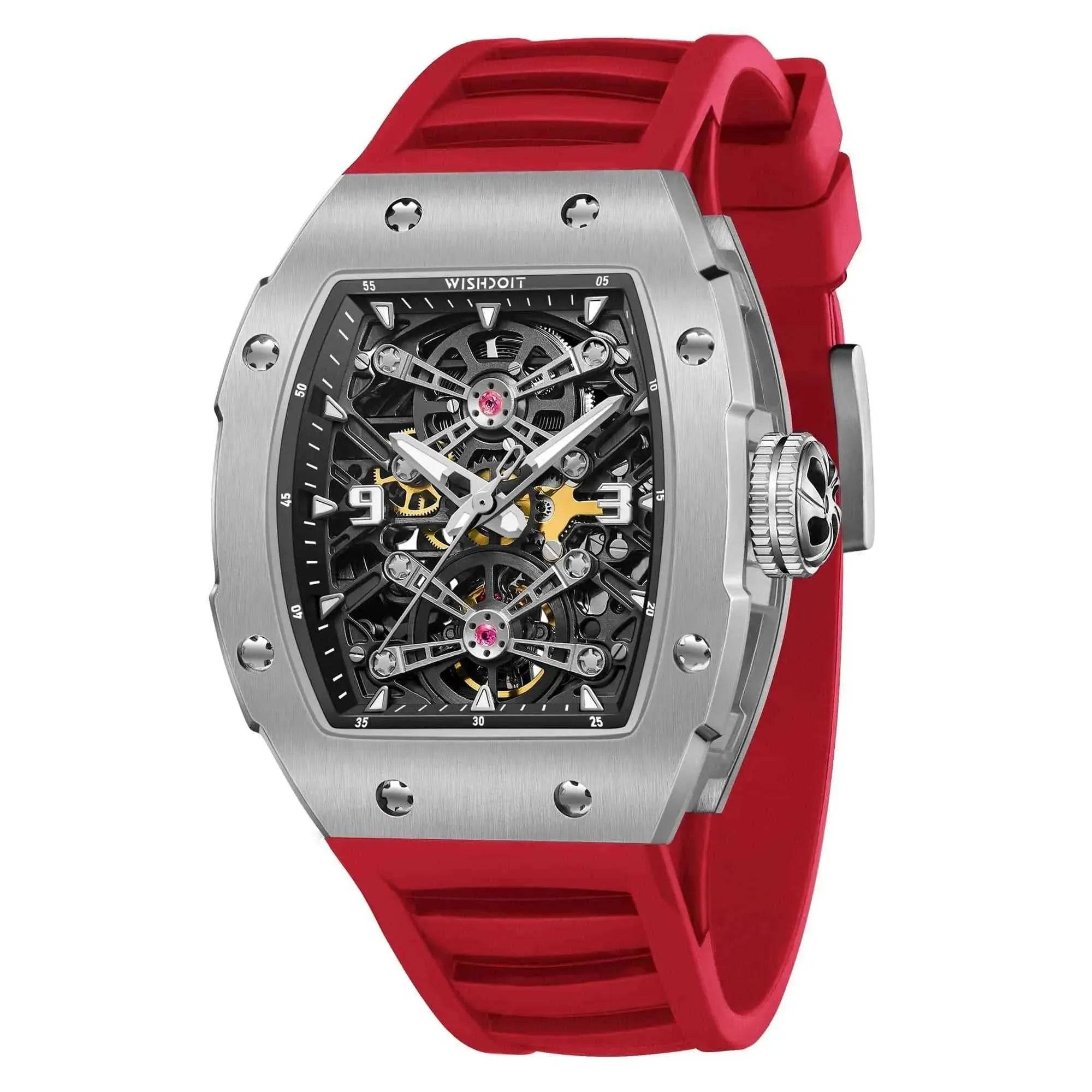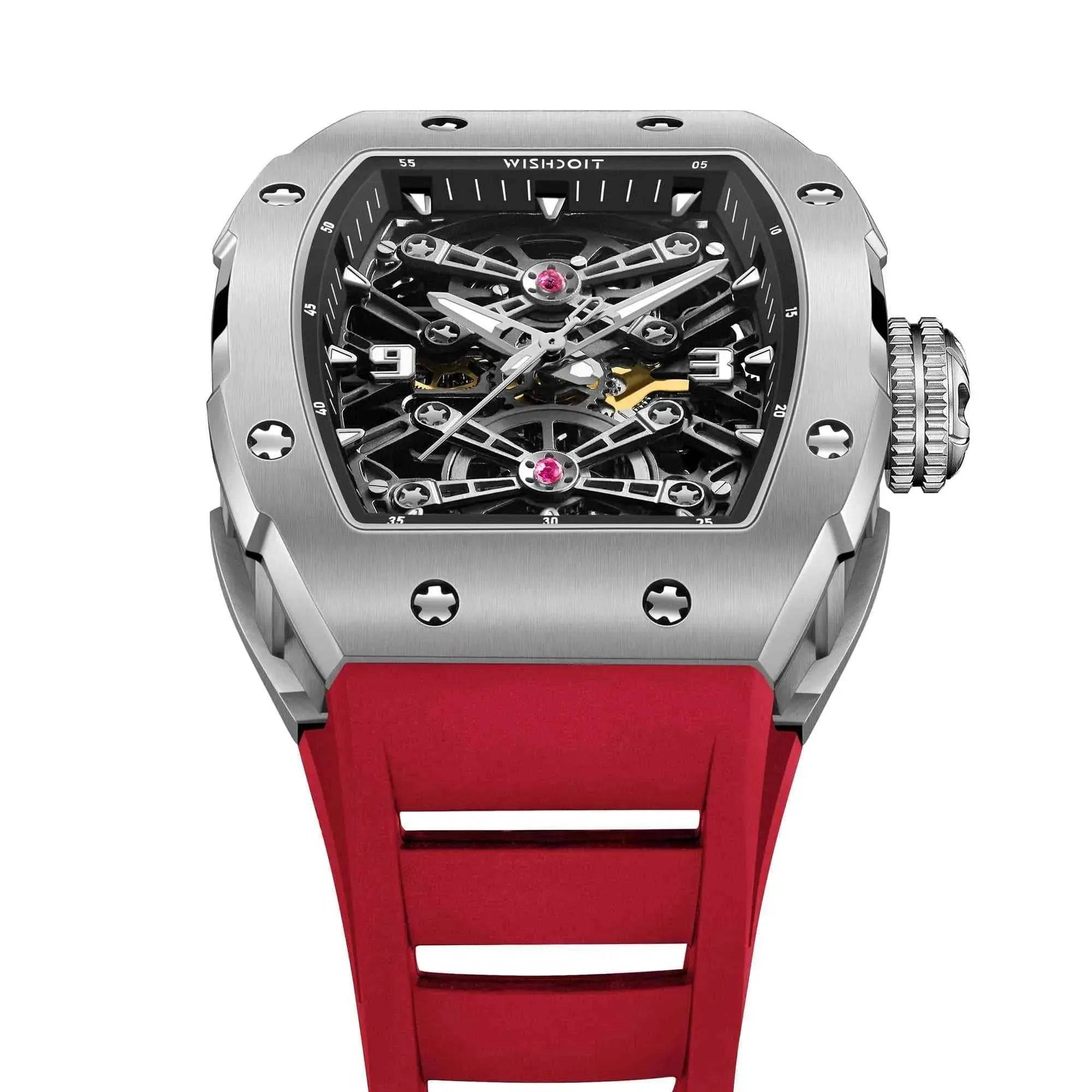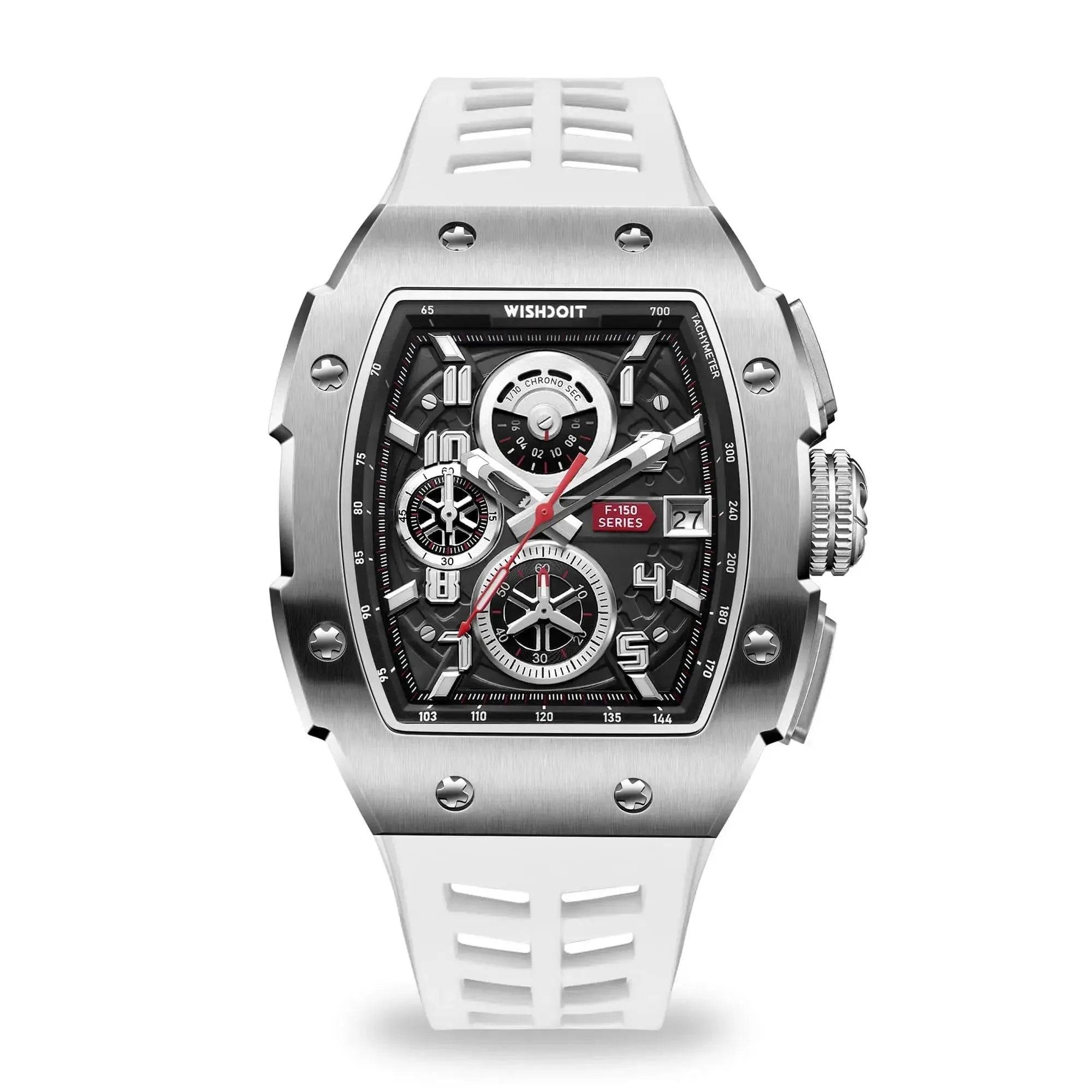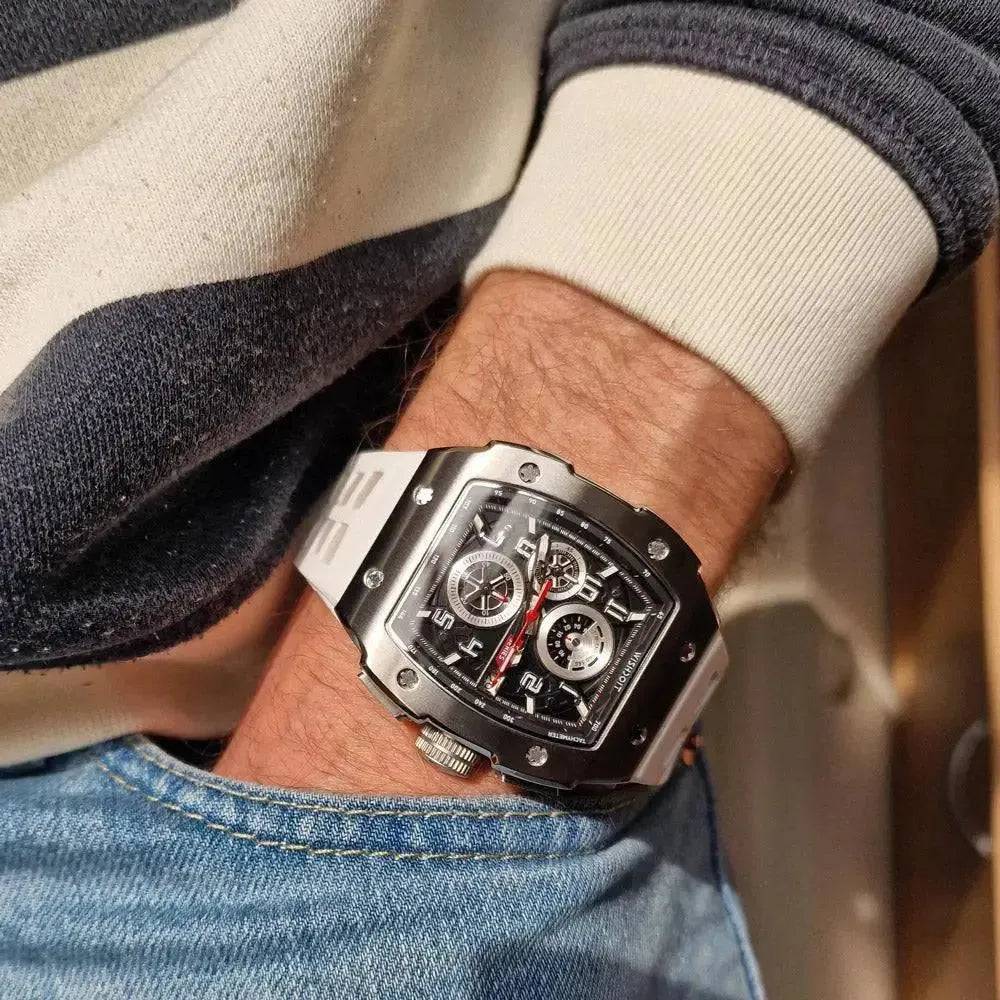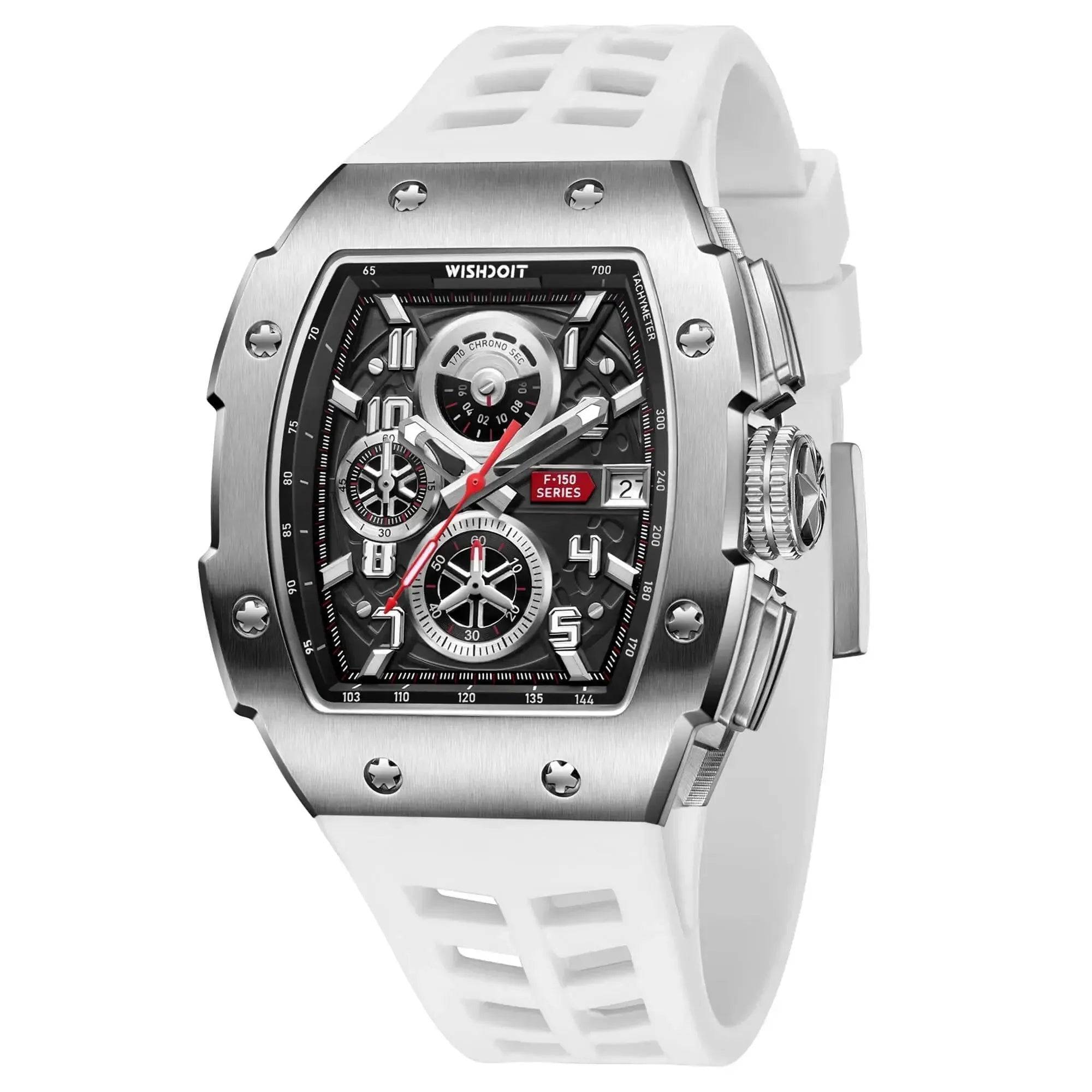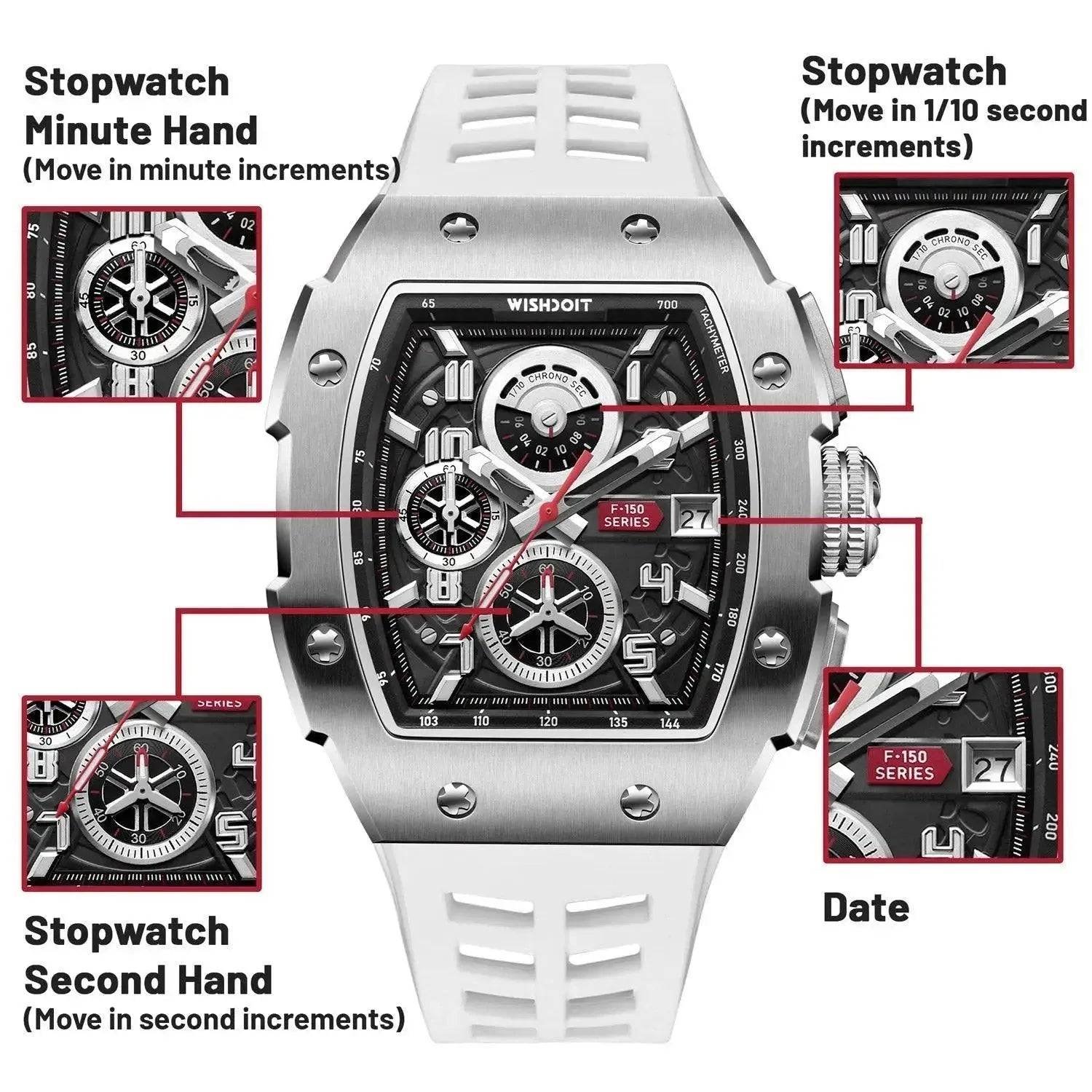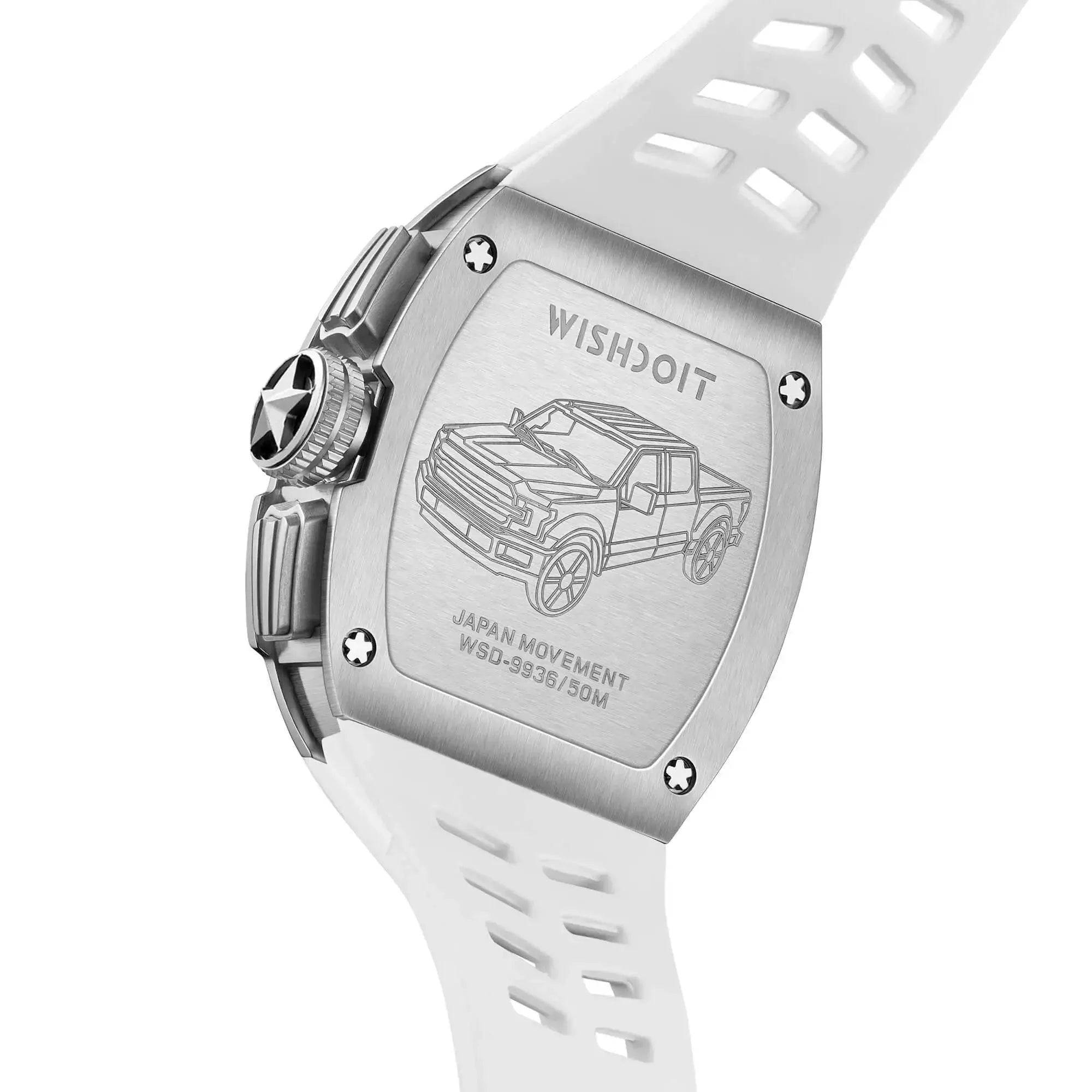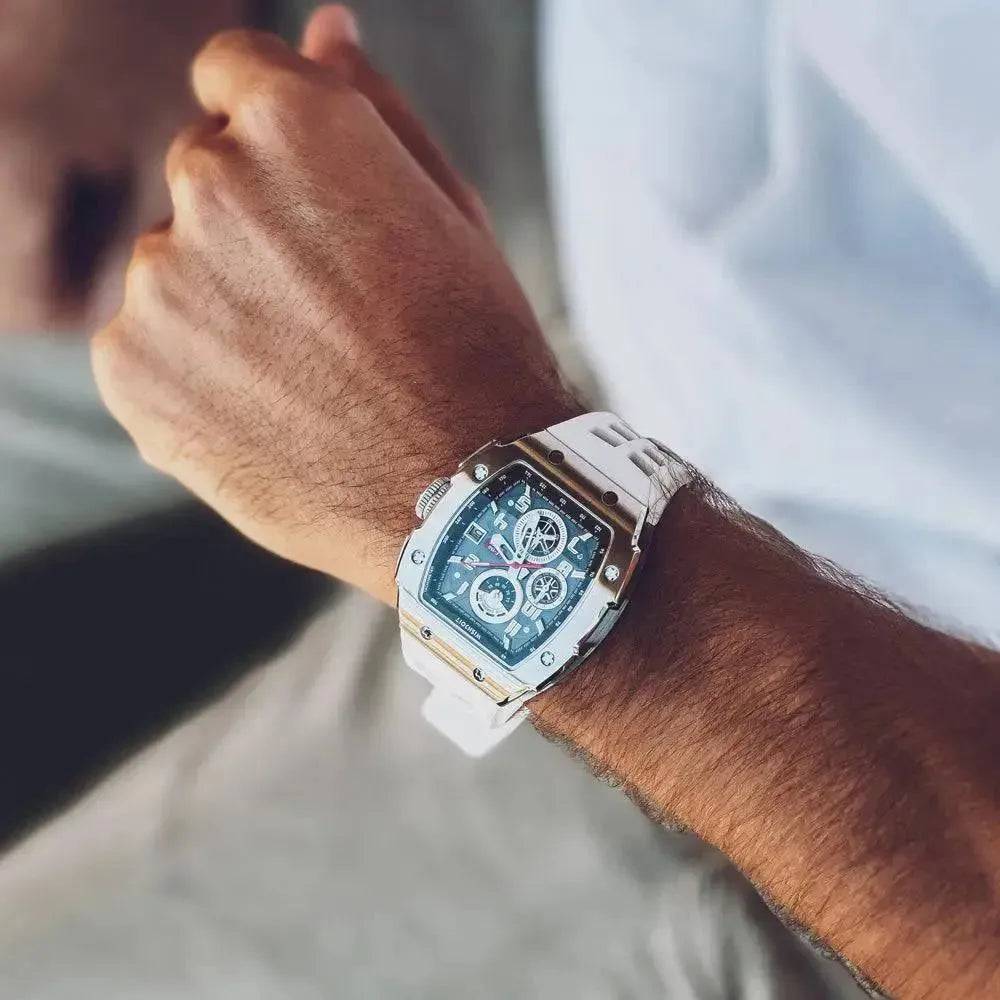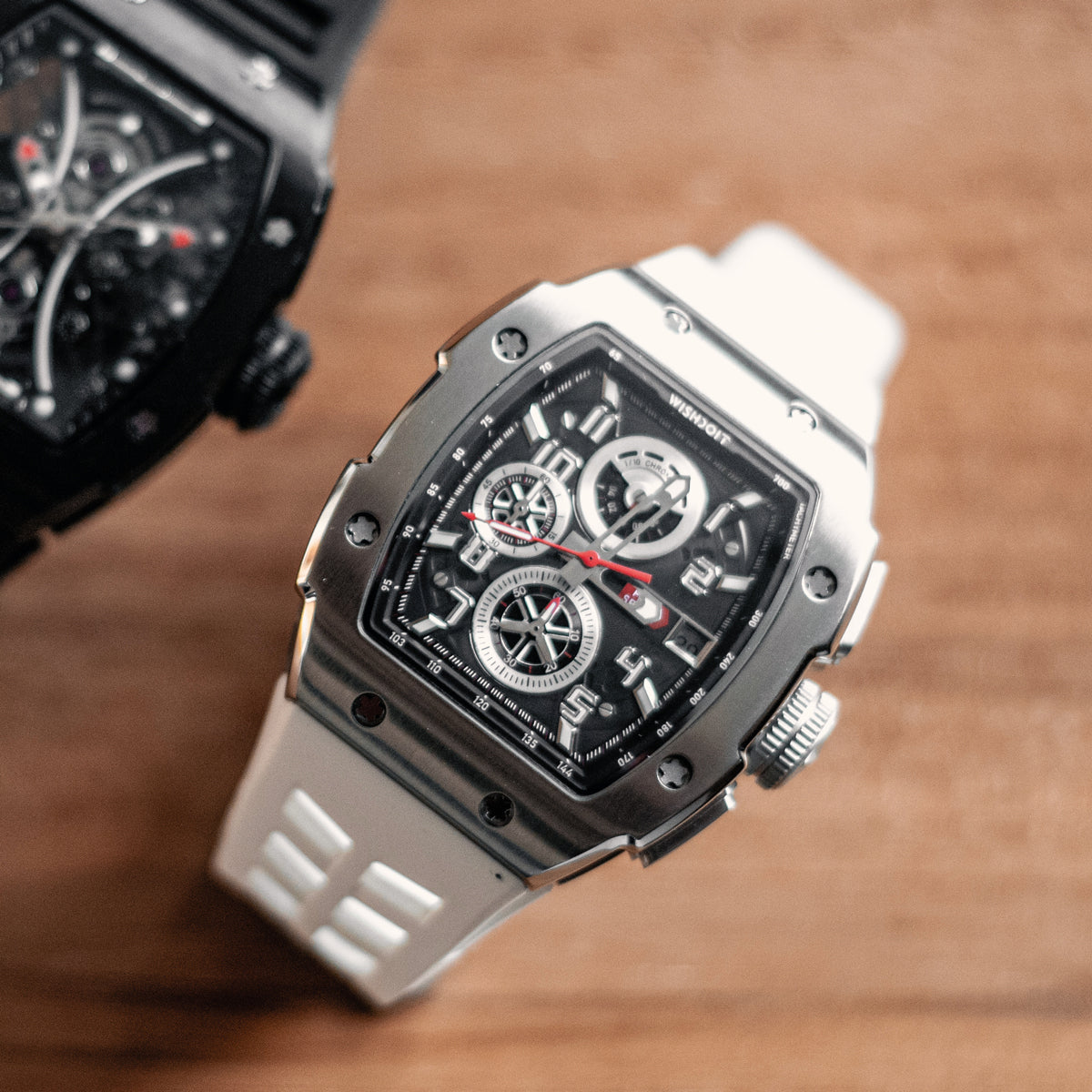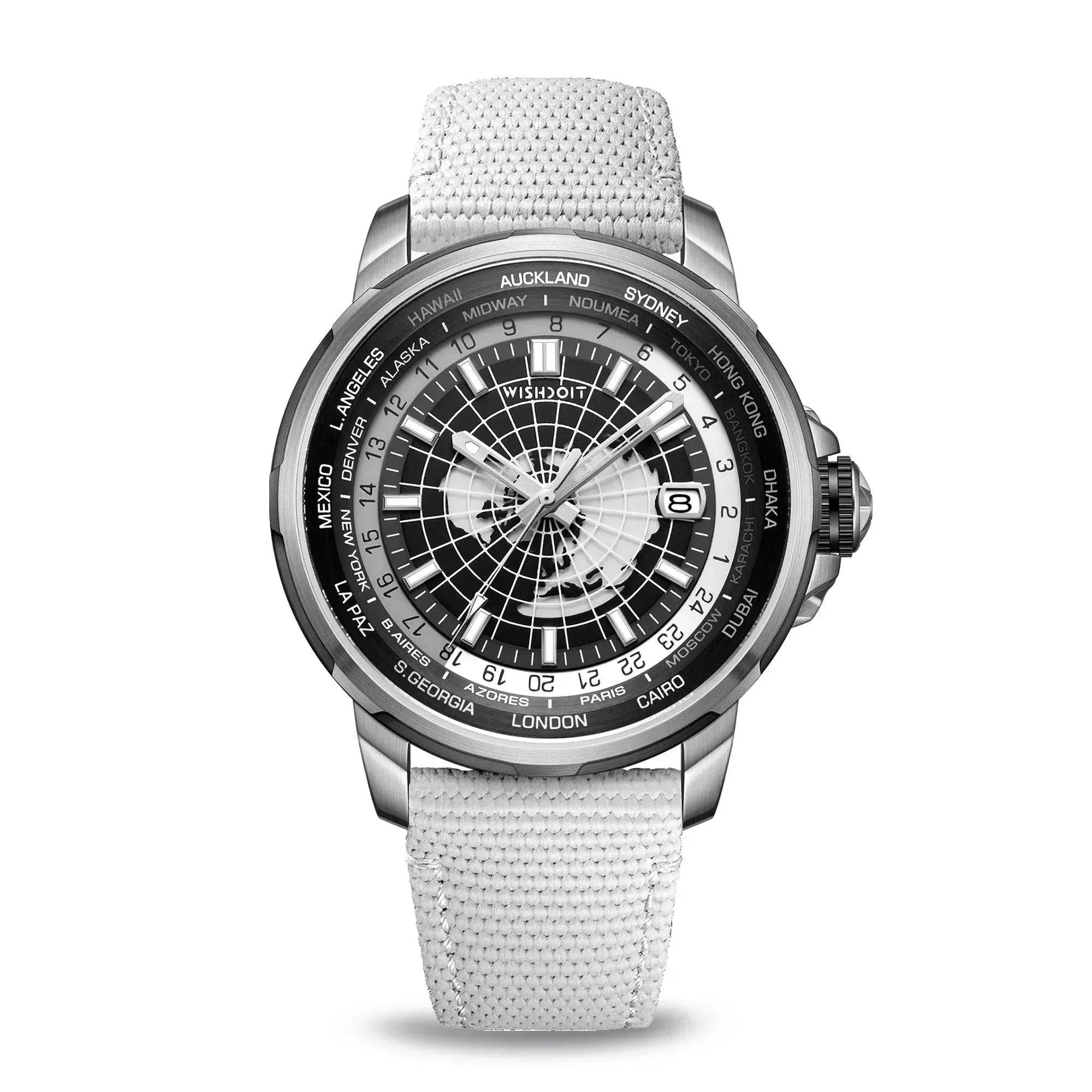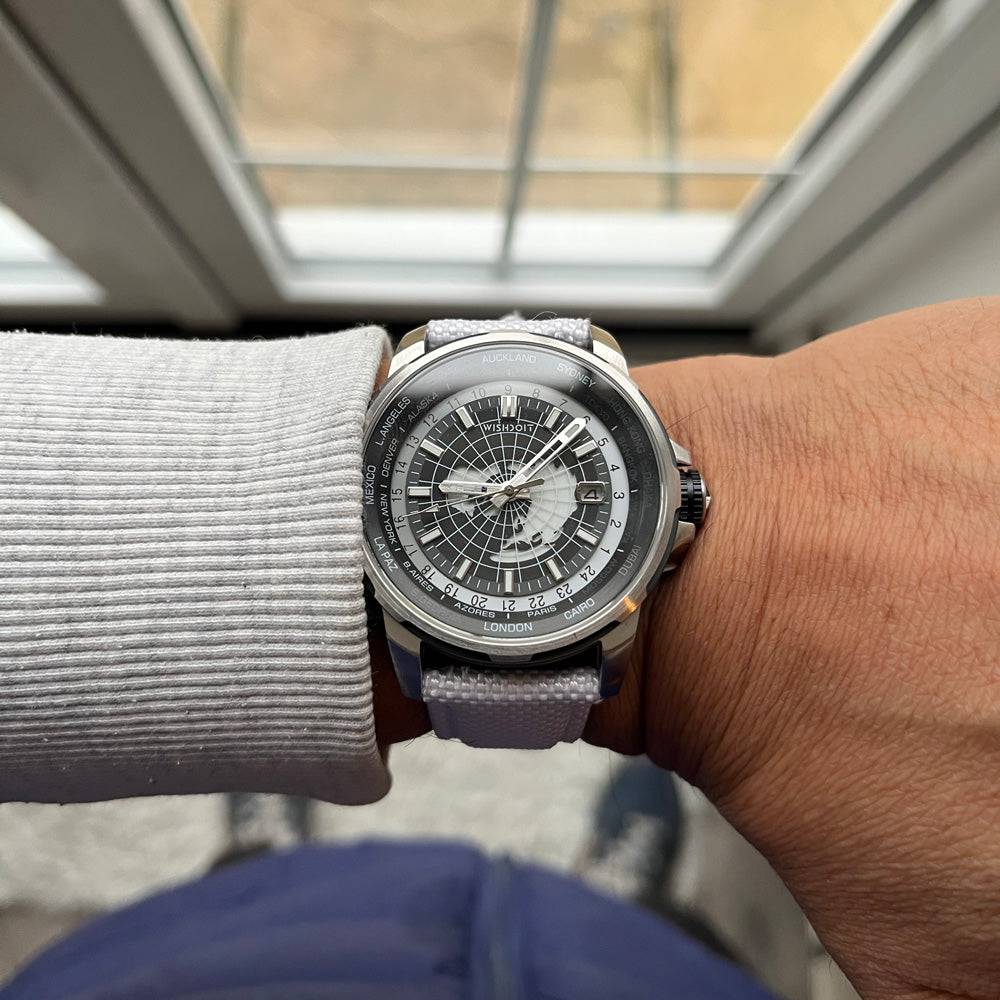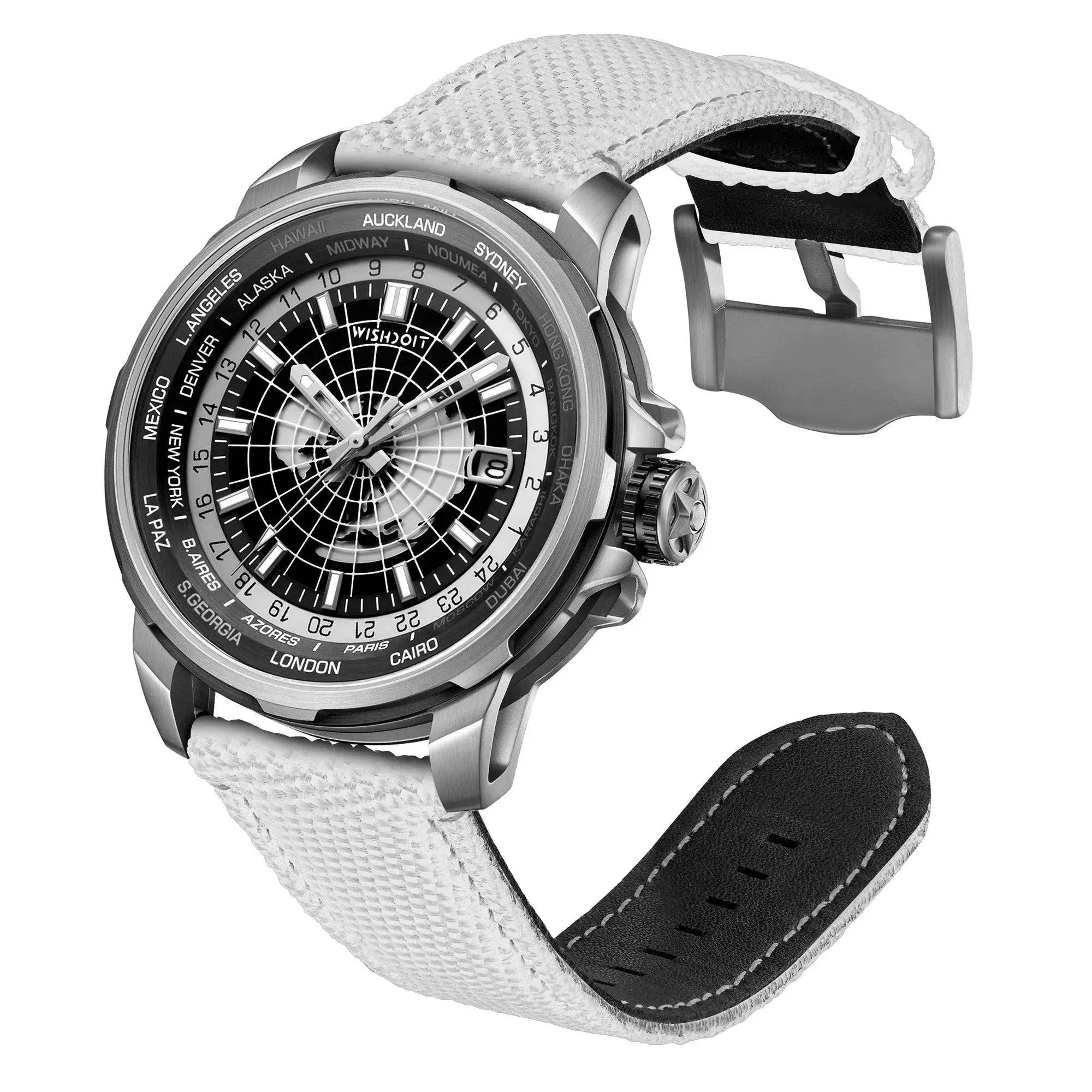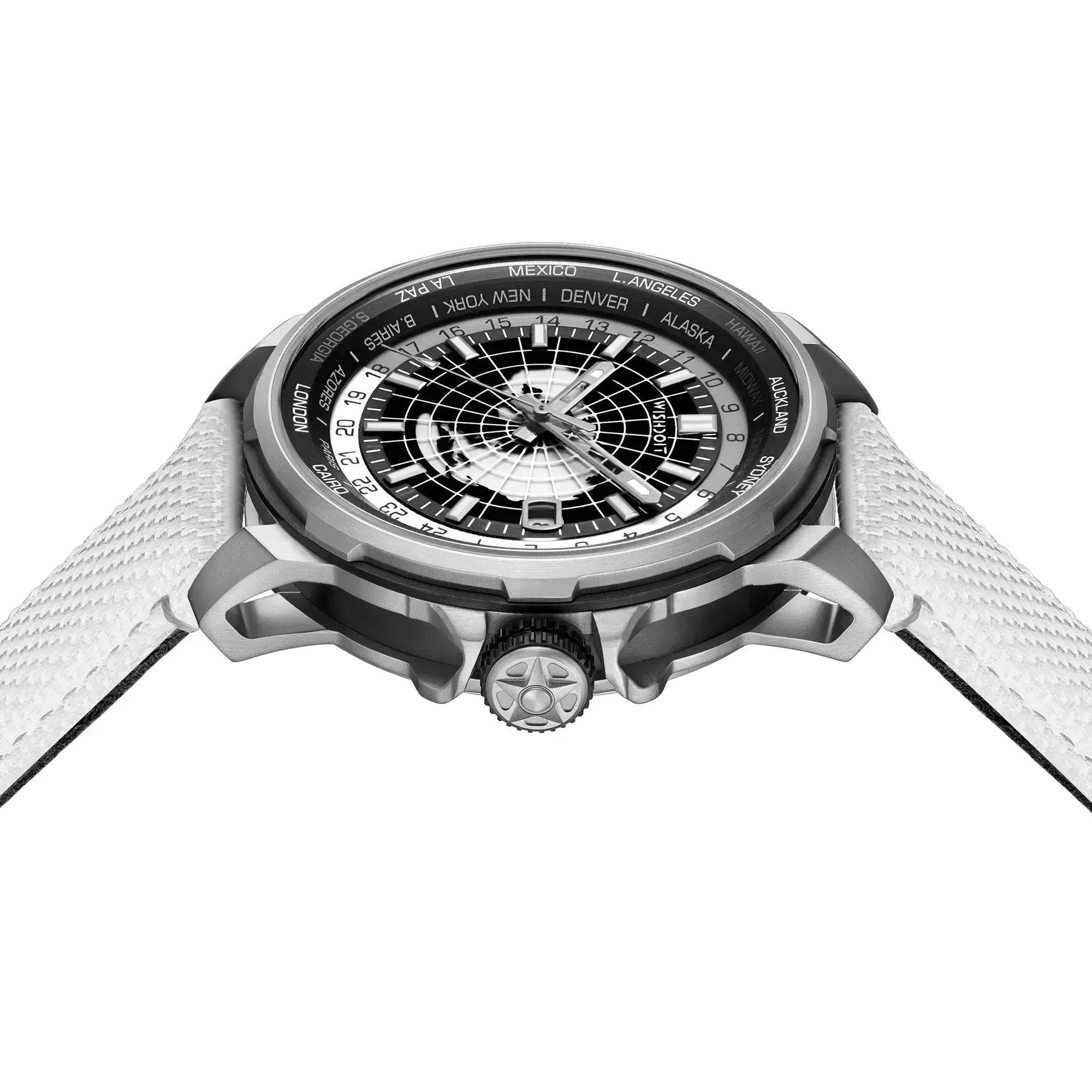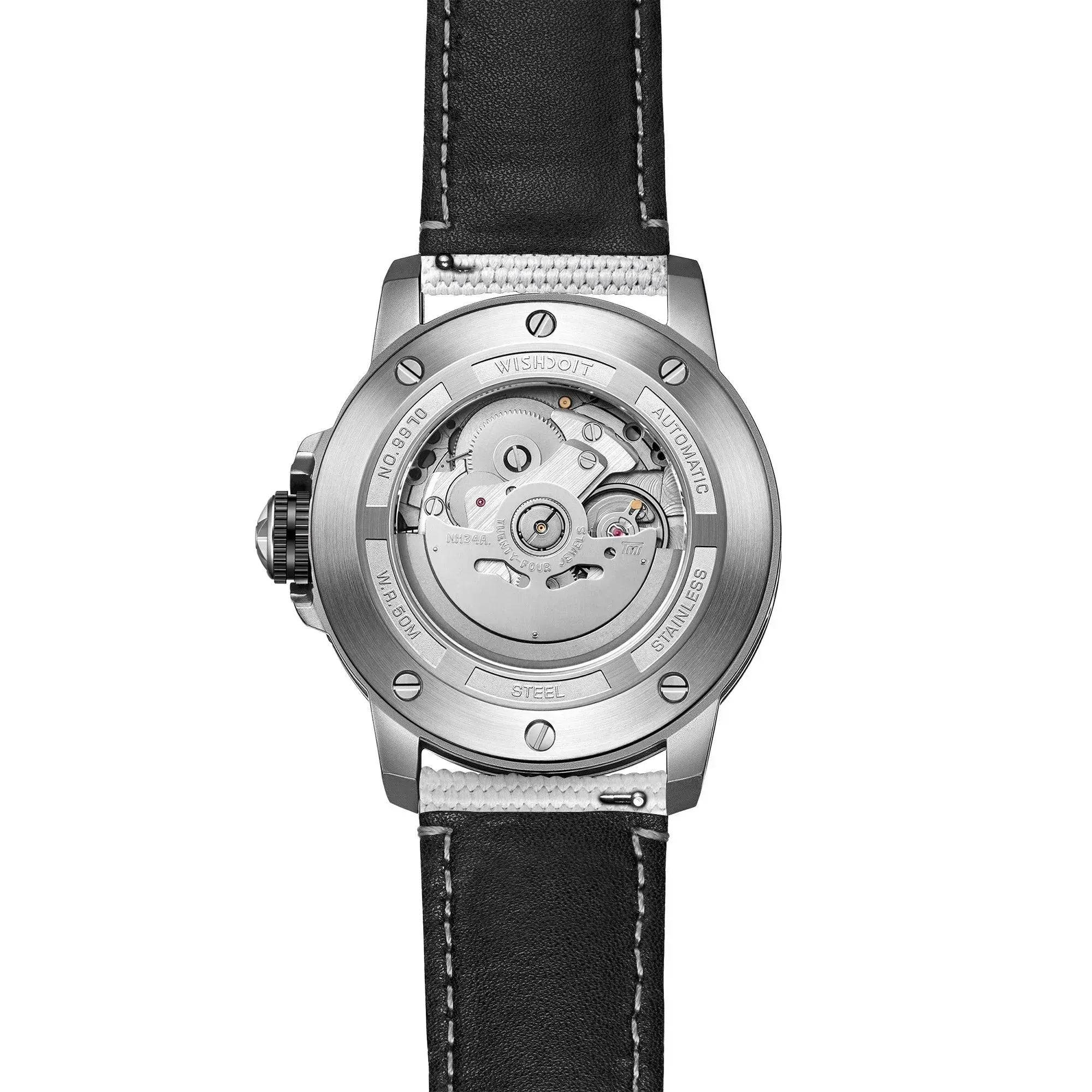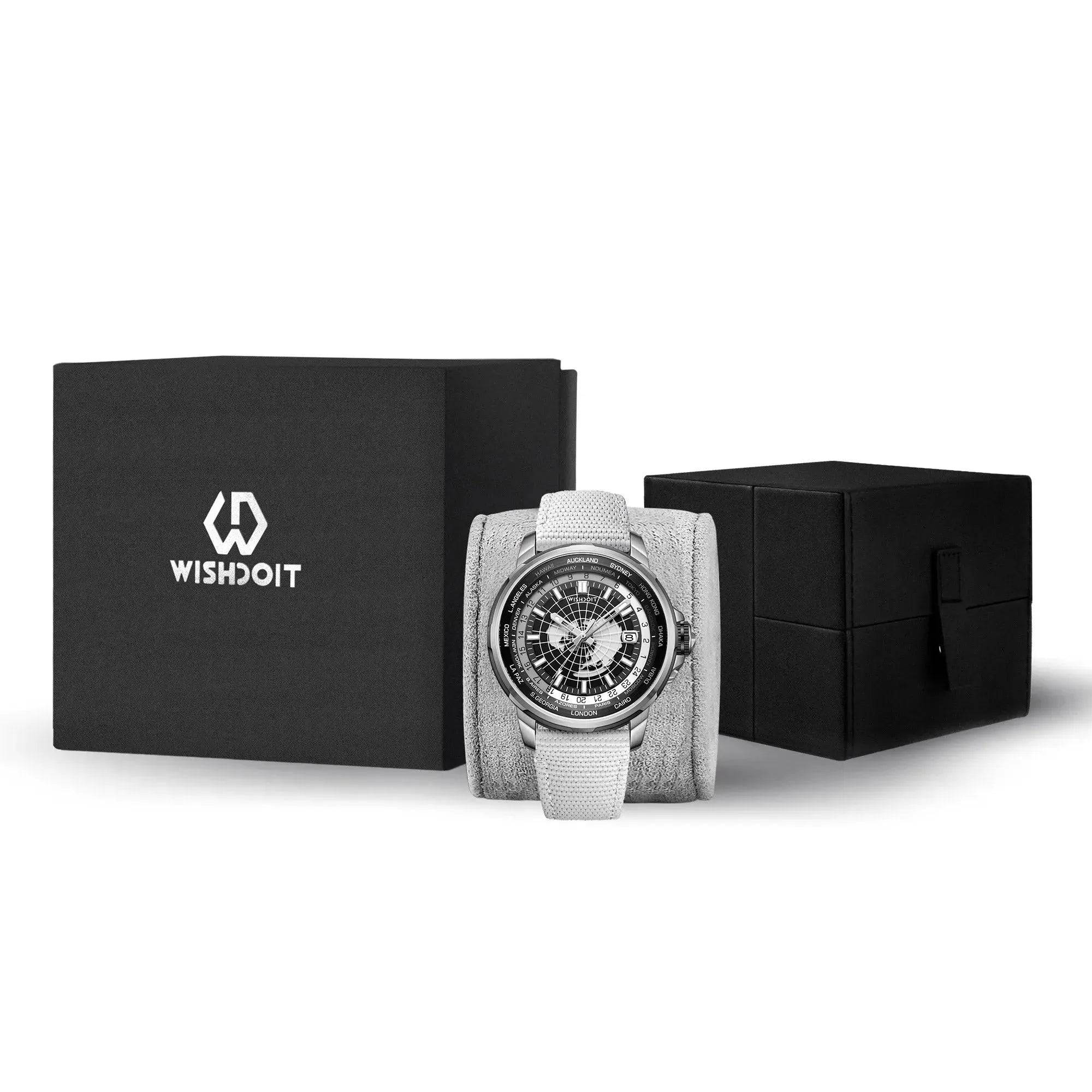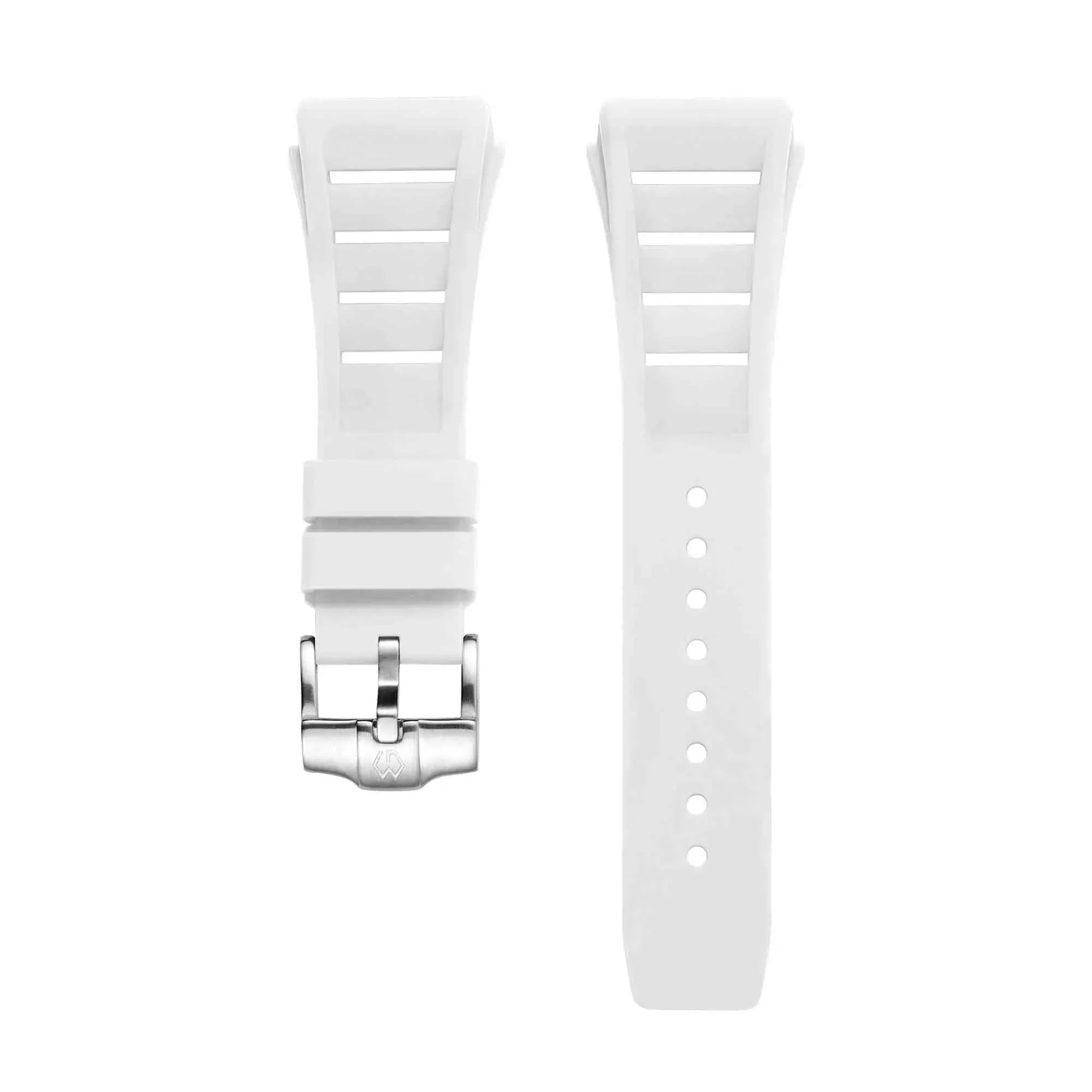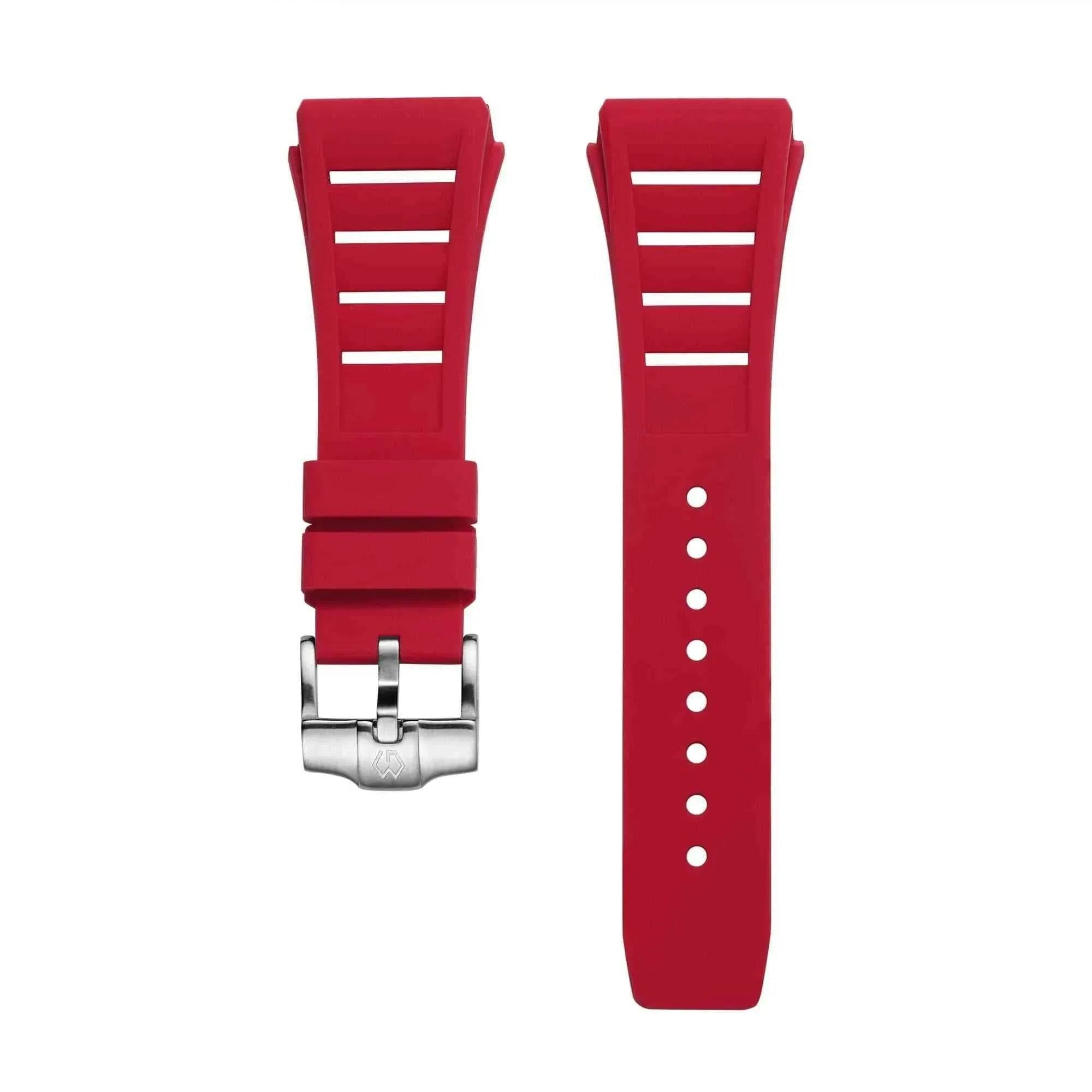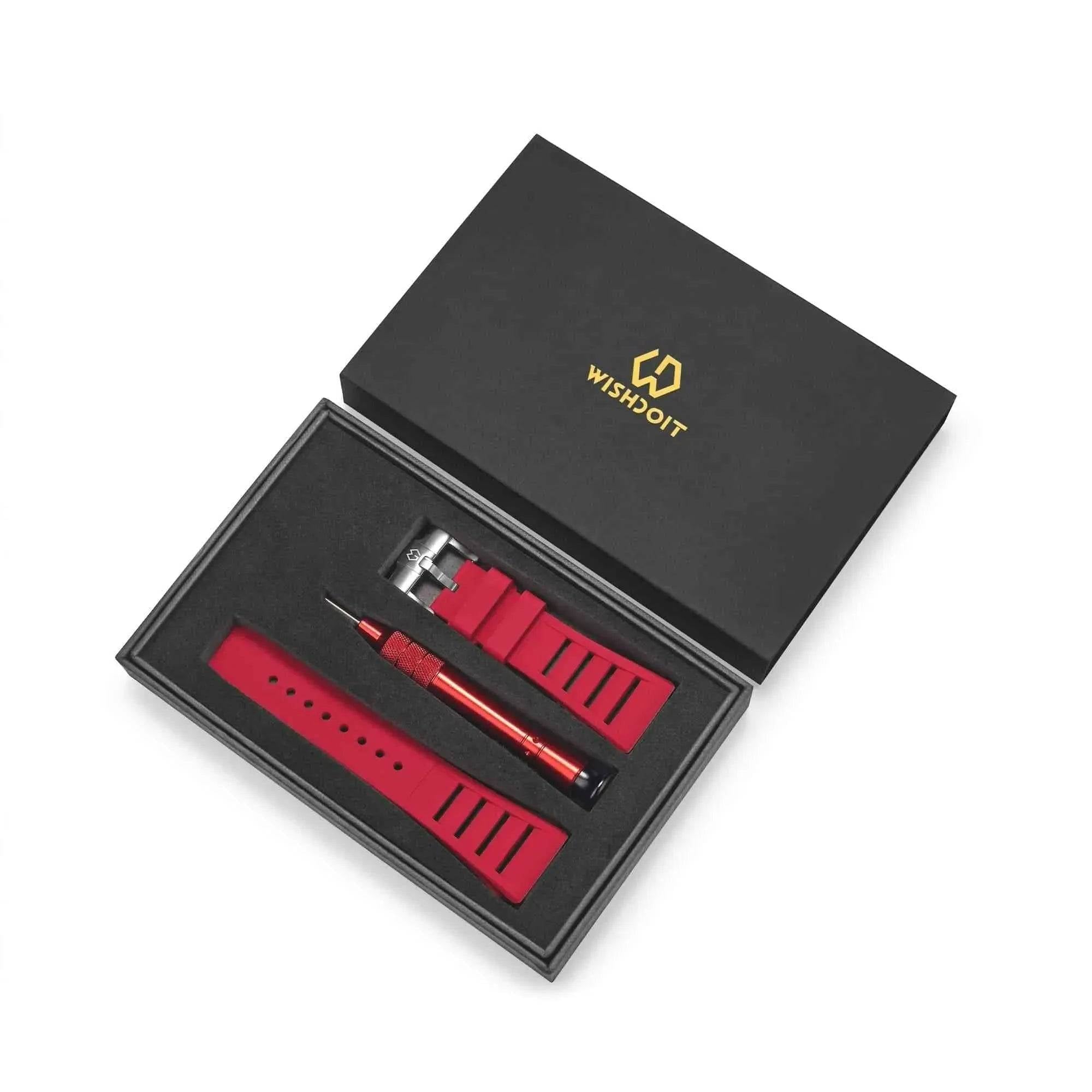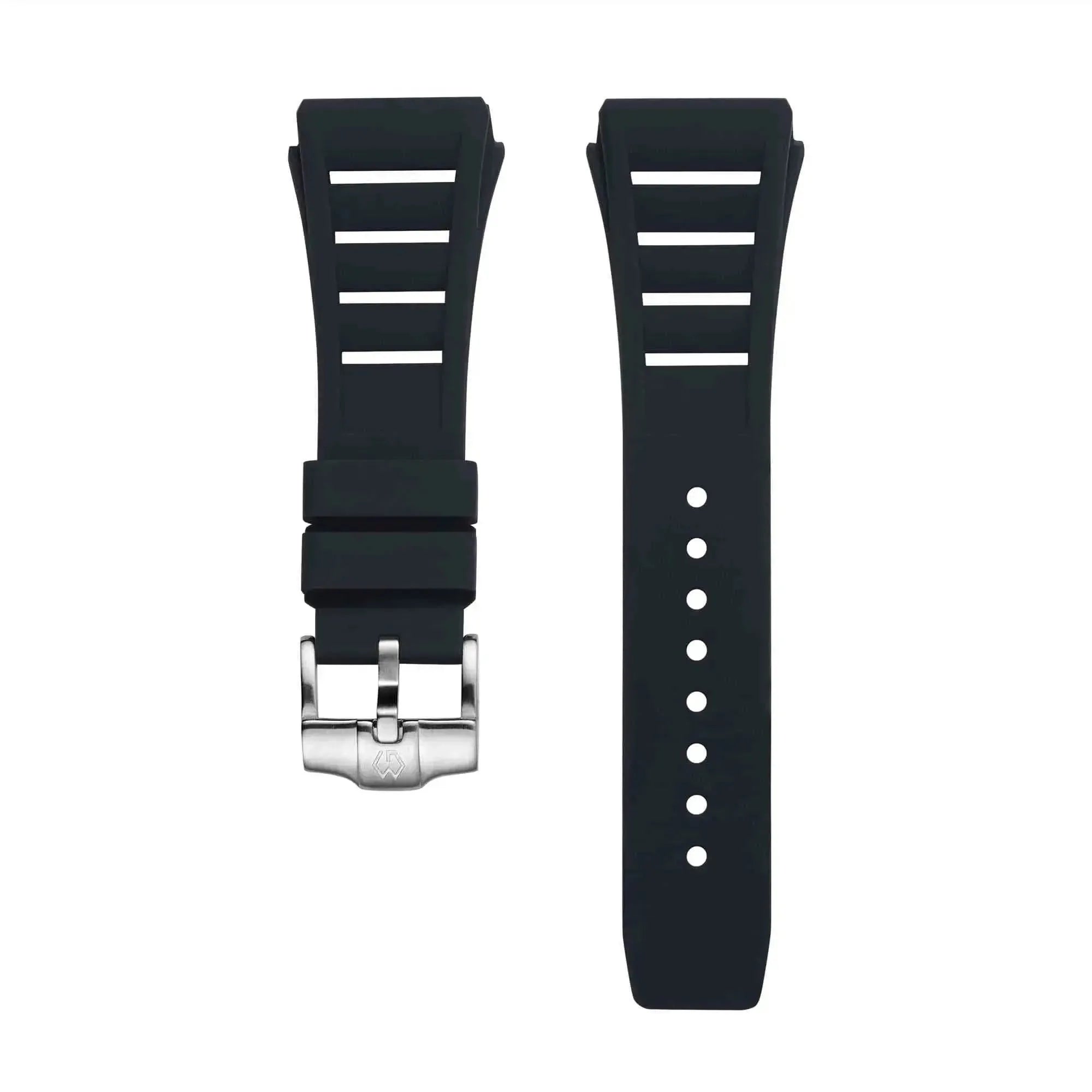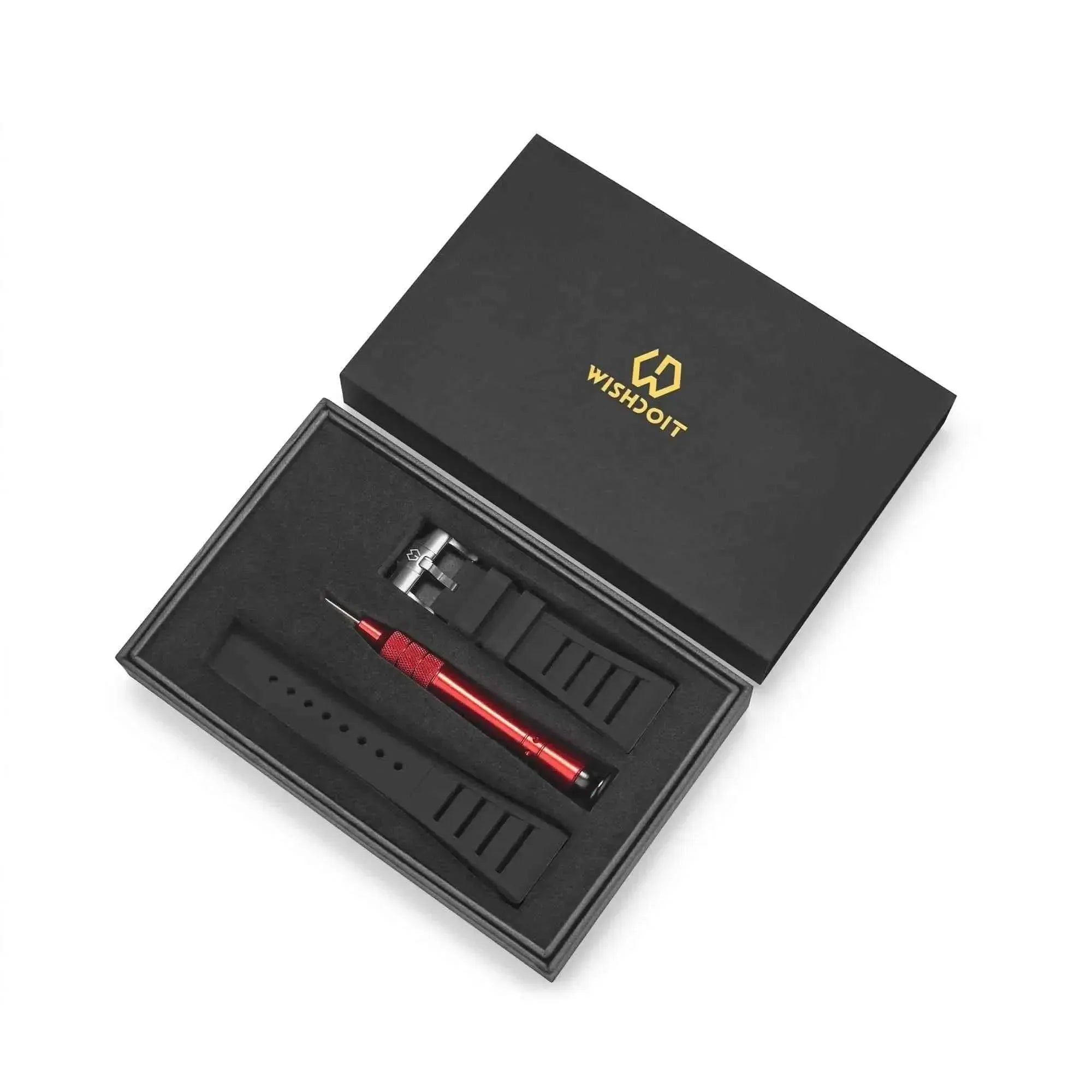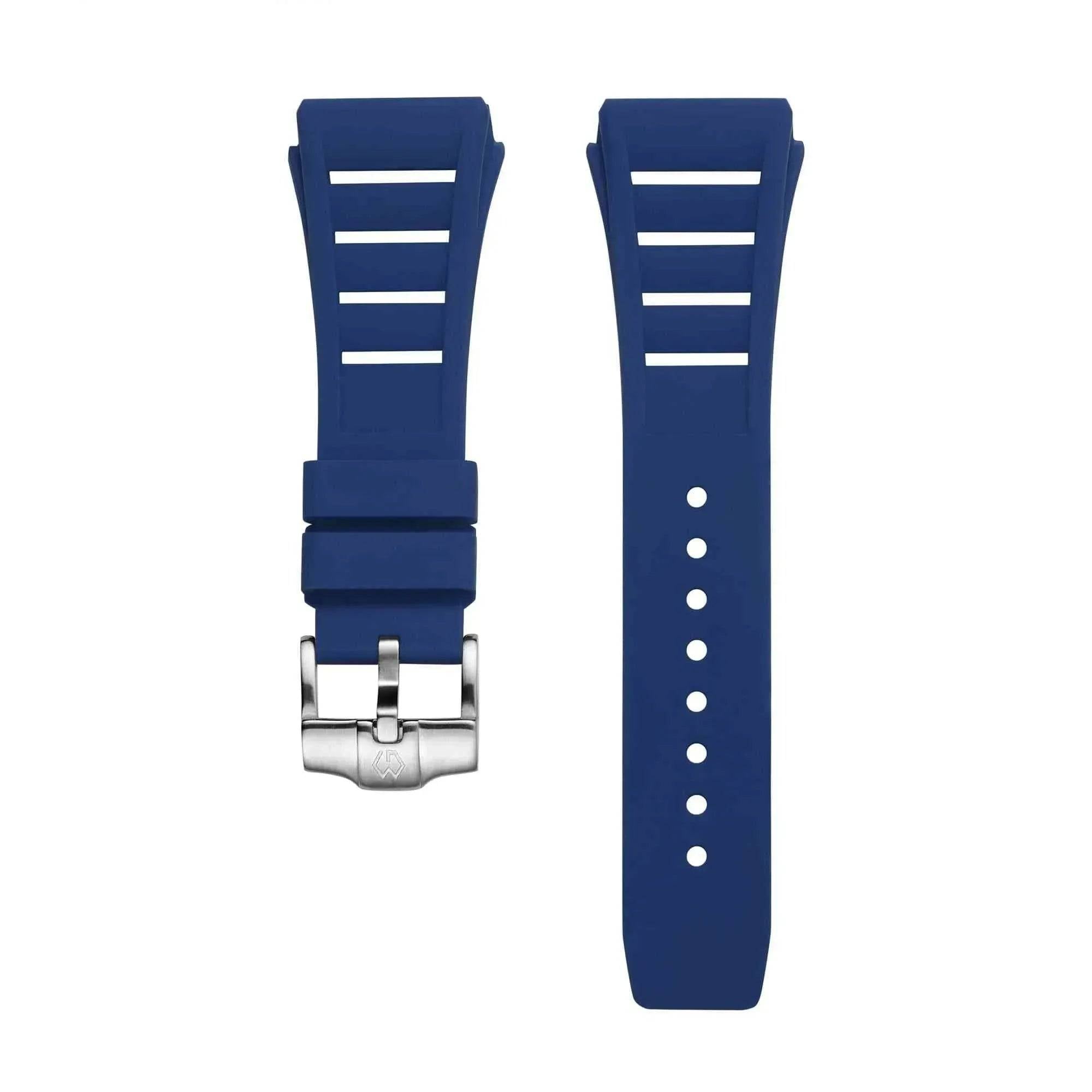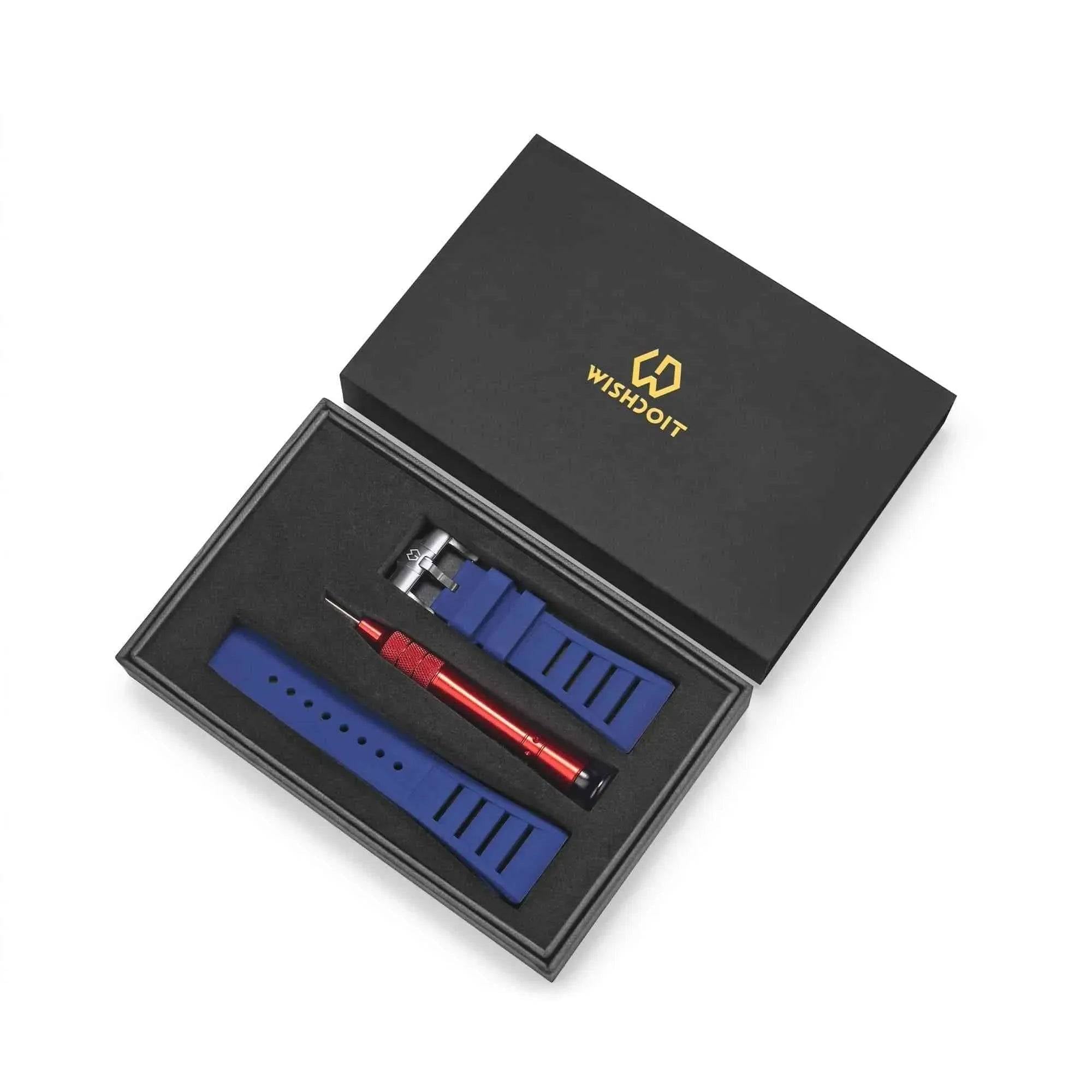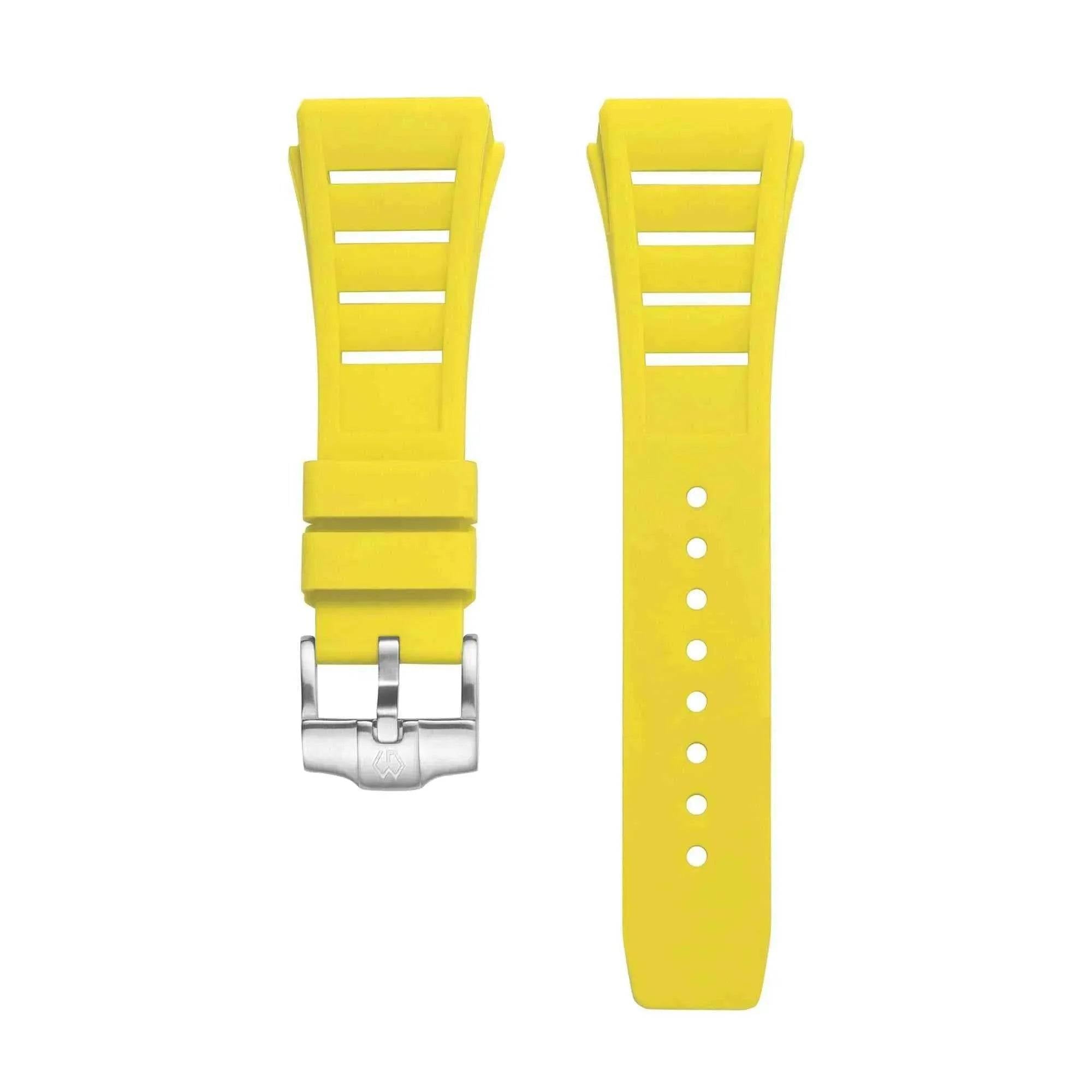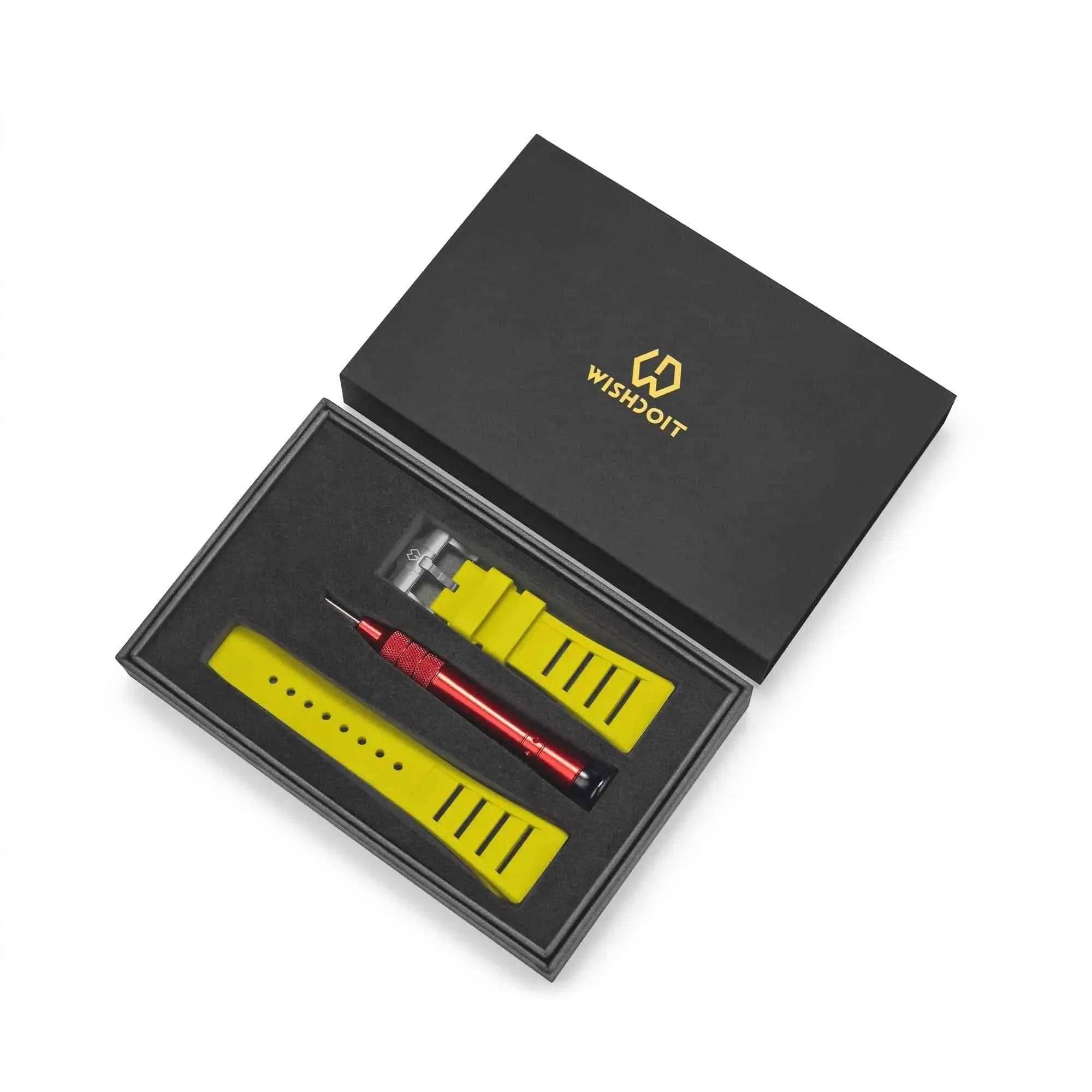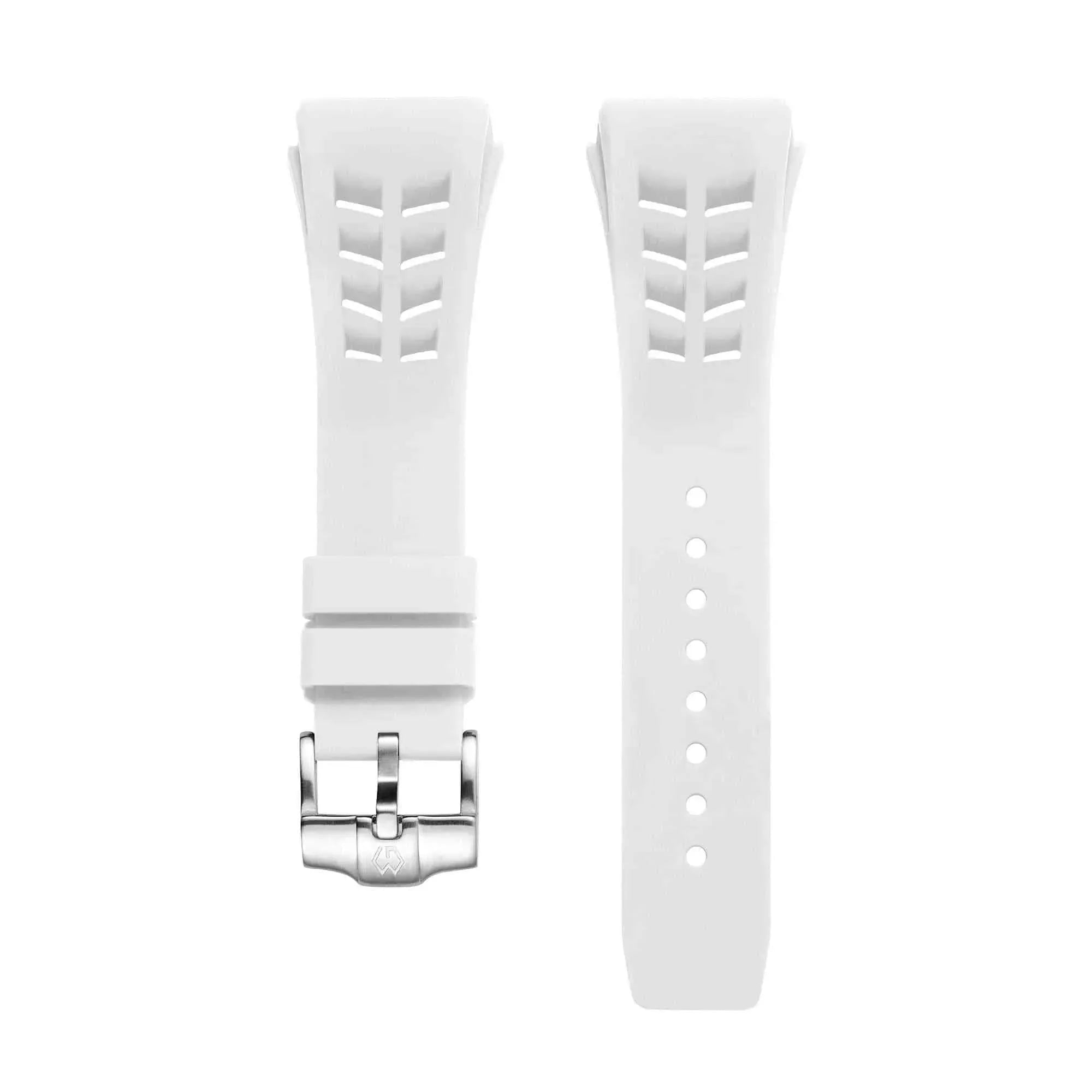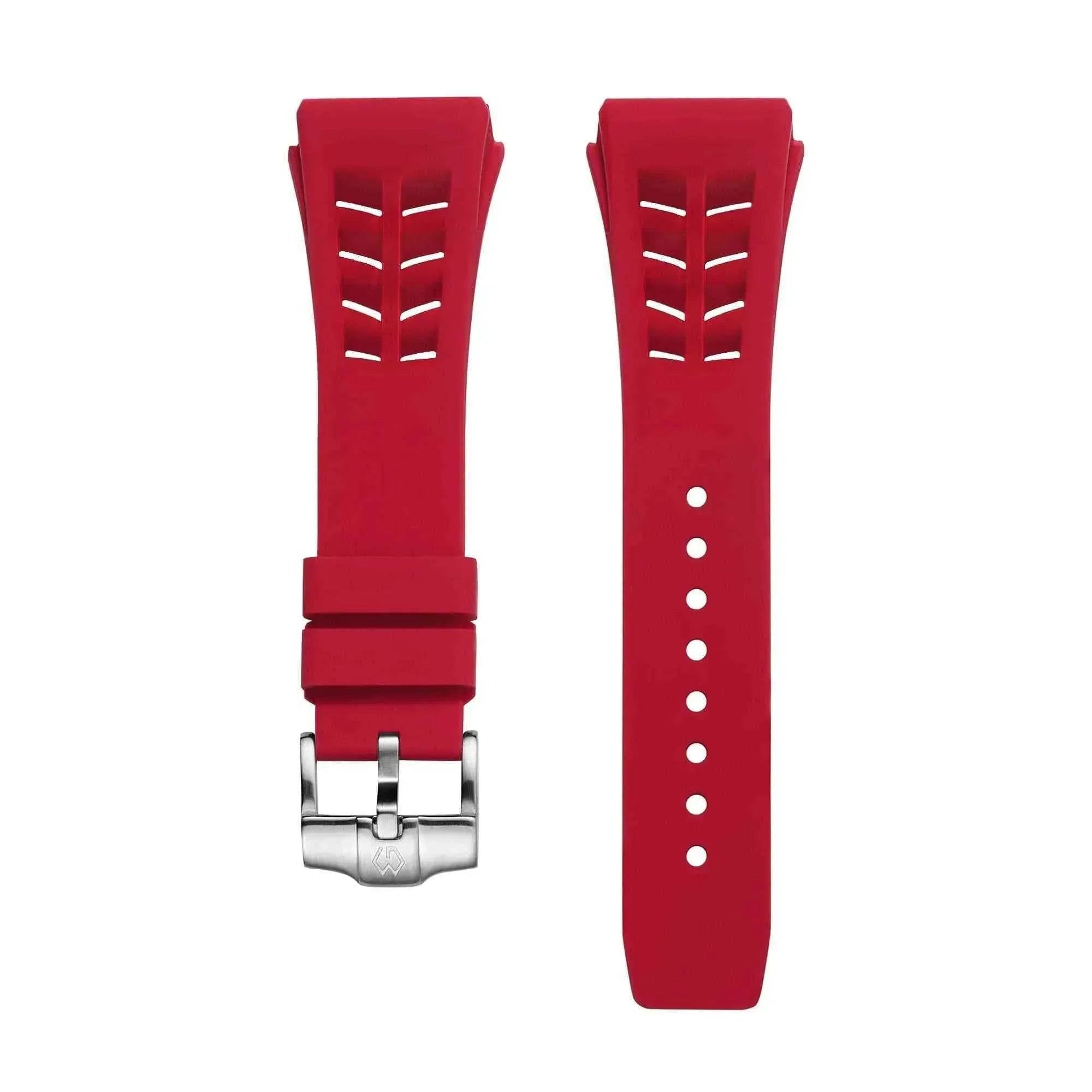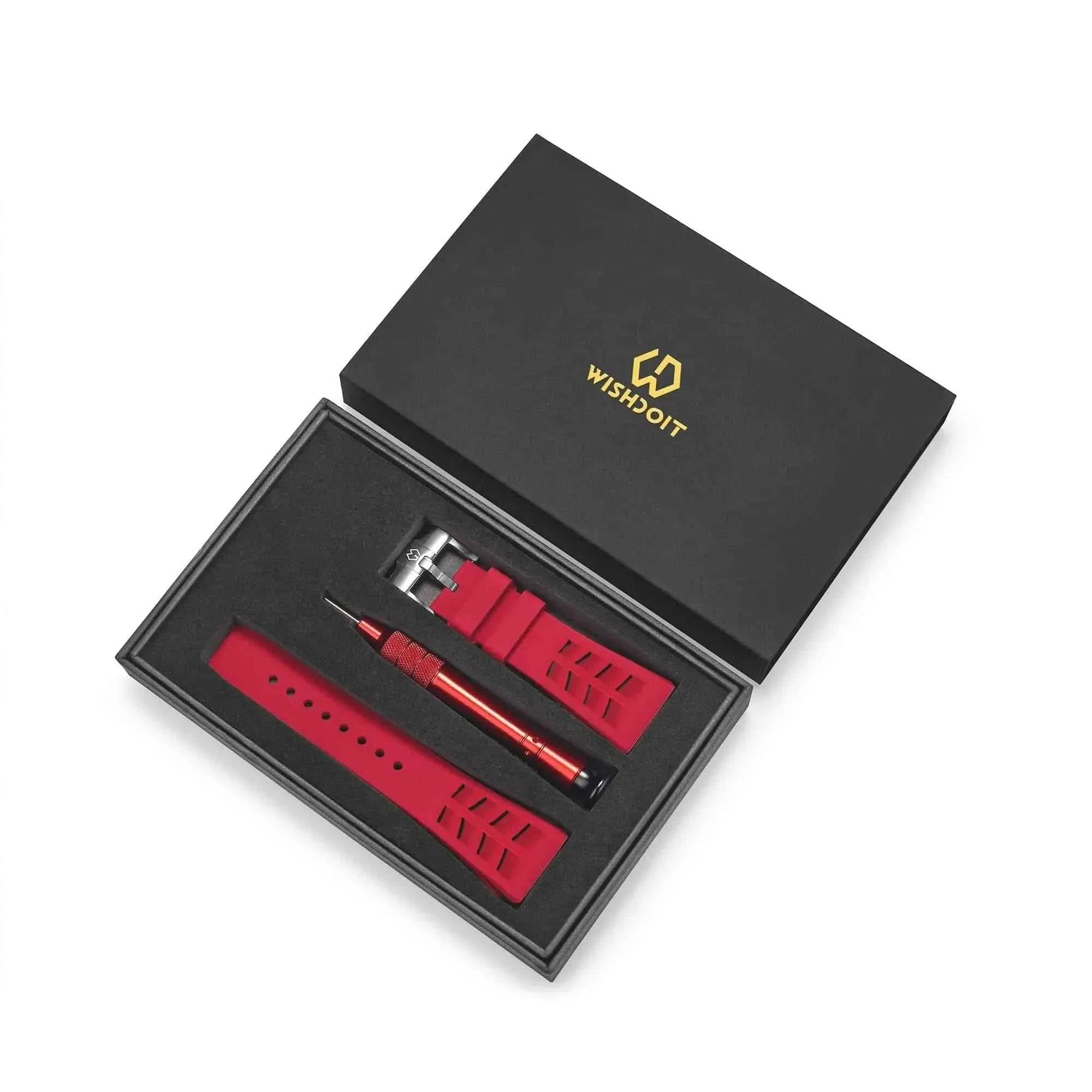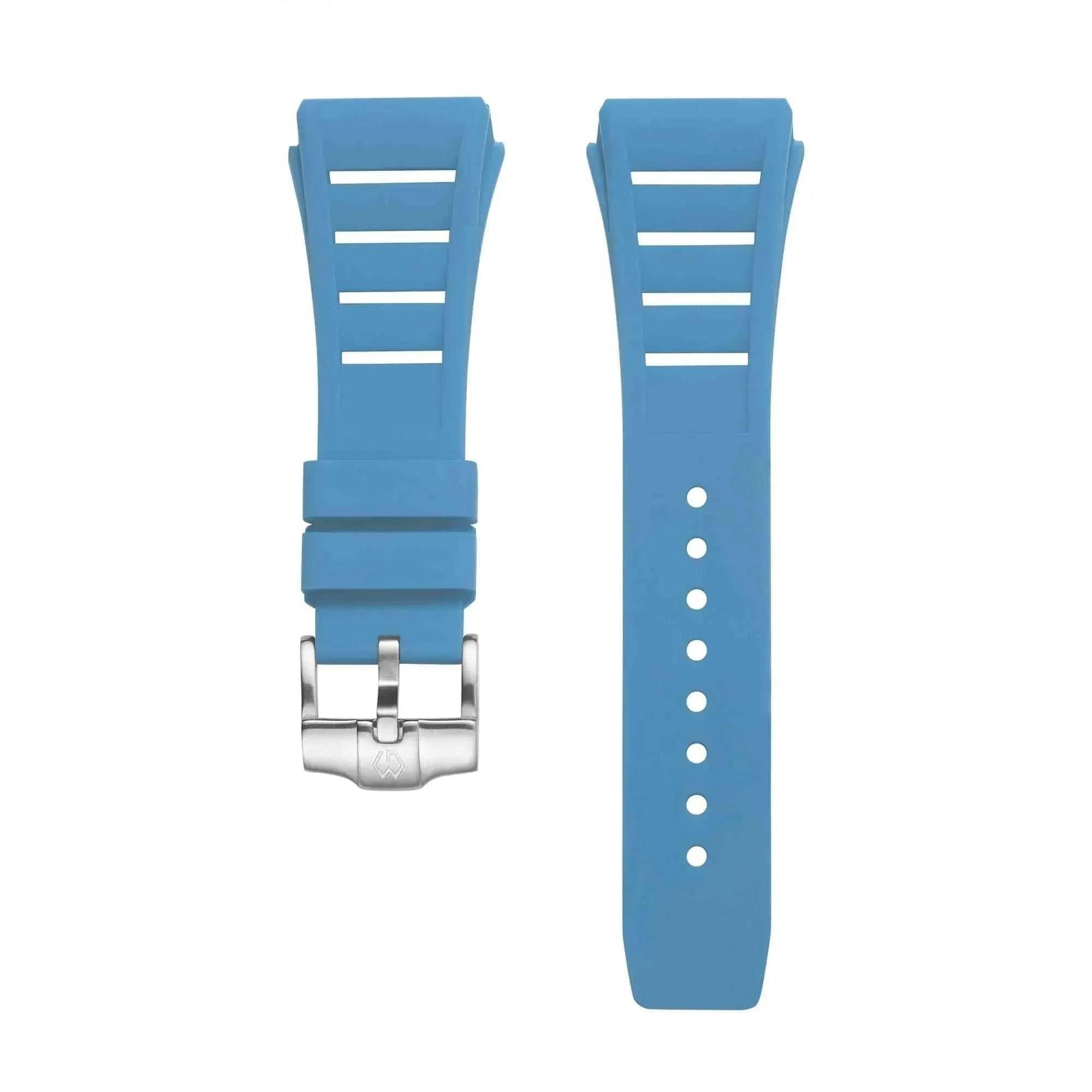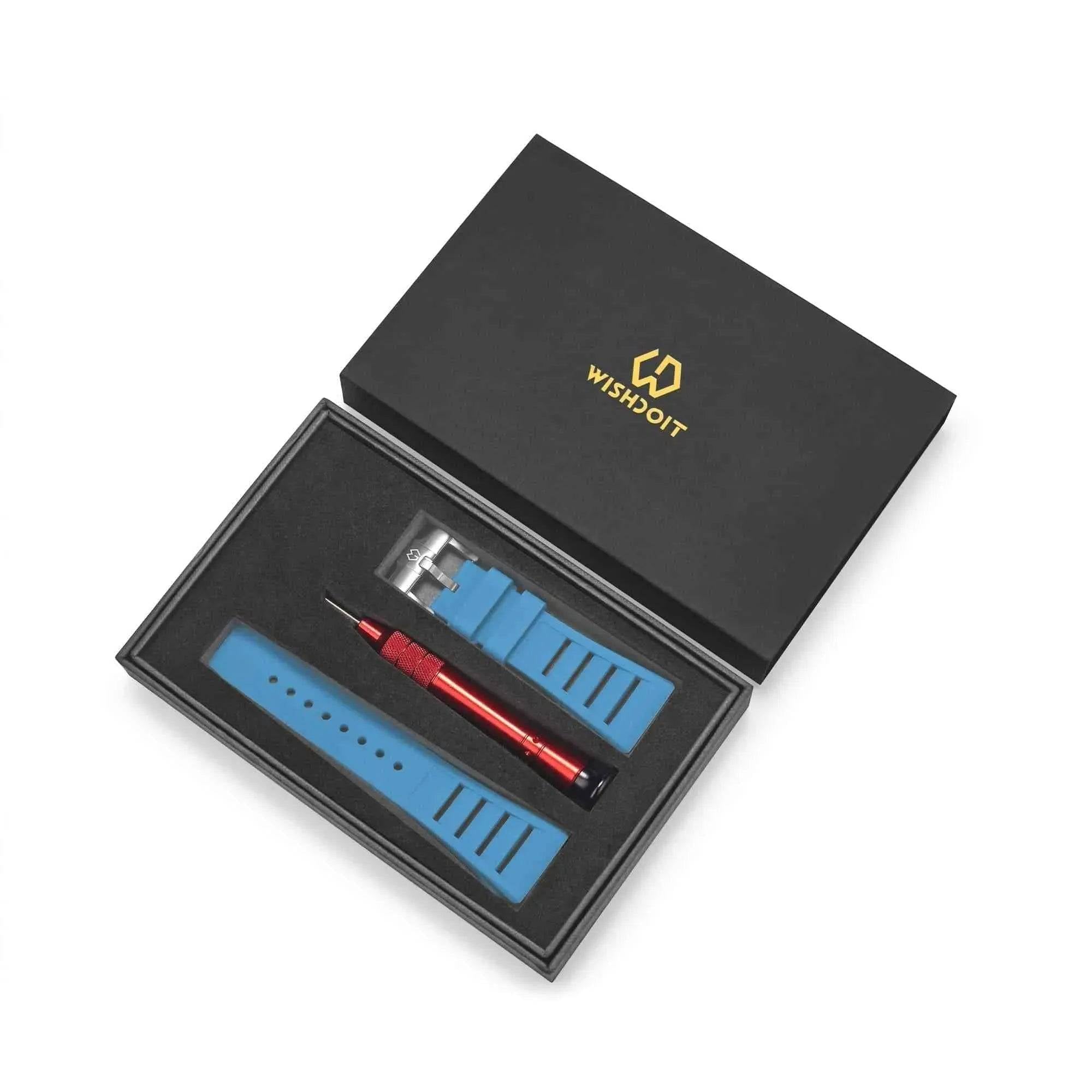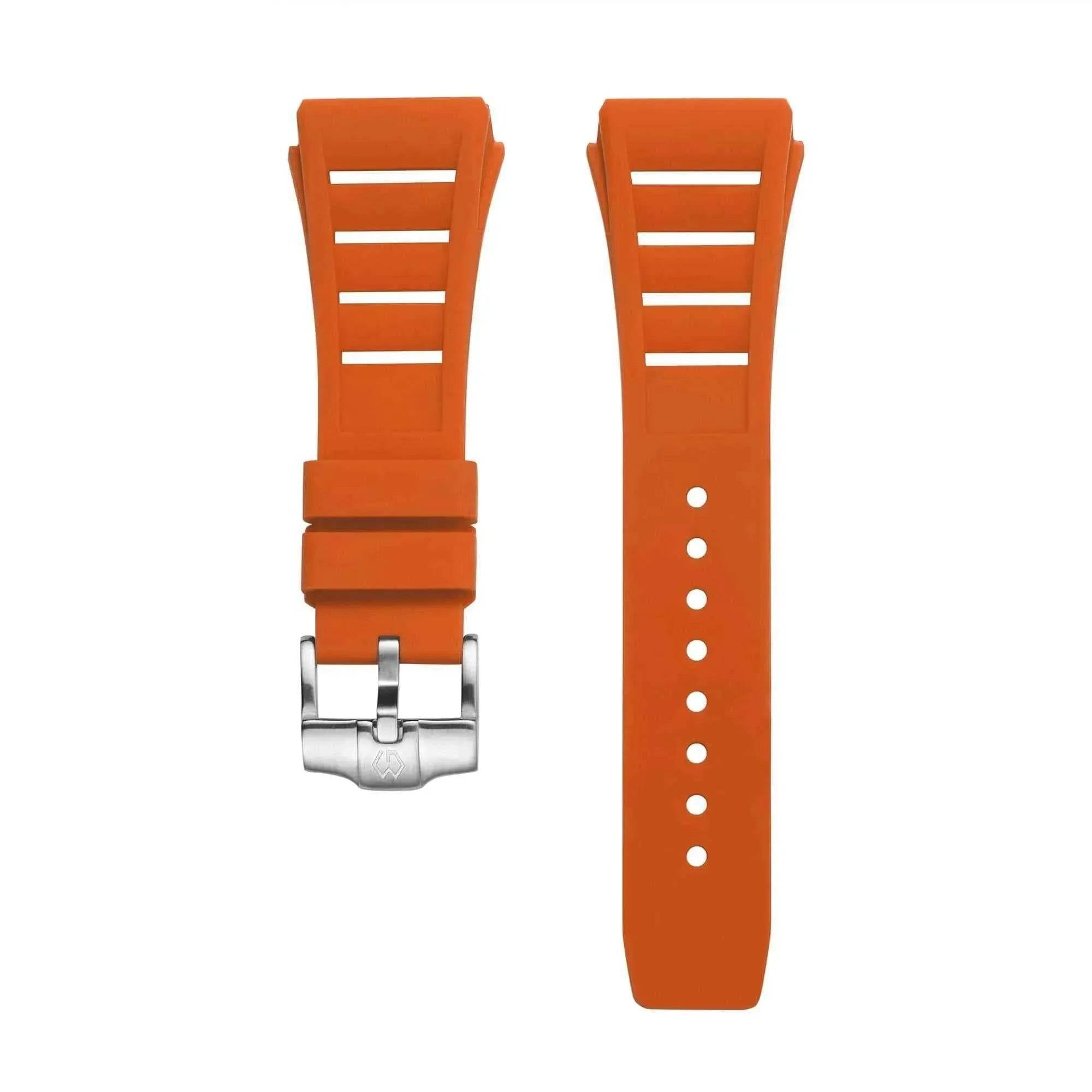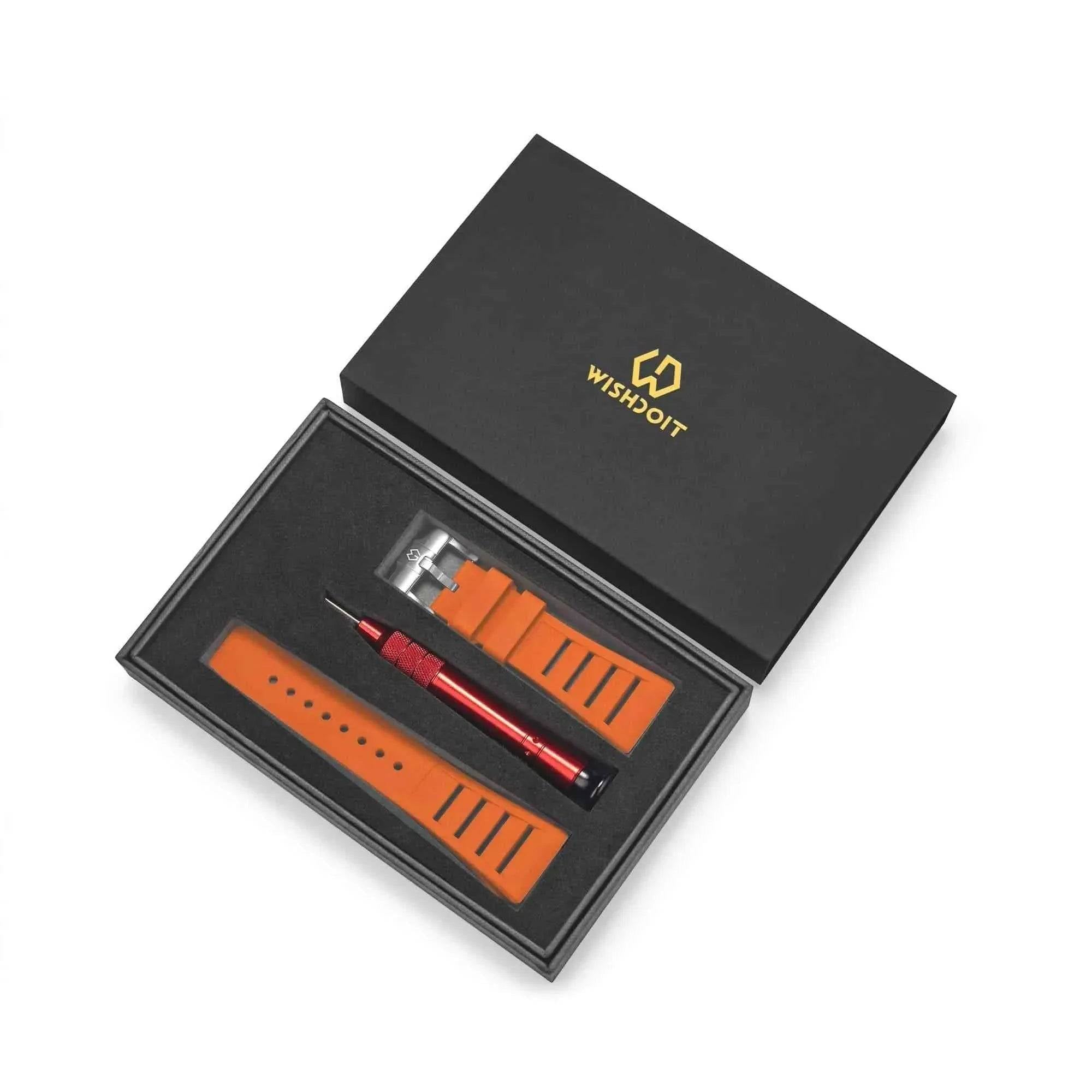The round watch is such a classic, timeless design that it's easy to forget there was once a time when it didn’t exist. Today, round watches are the most iconic and widely recognized shape in the world of timepieces. But who invented the round watch, and why has this design become so universally loved? Let’s dive into the fascinating history of the round watch and uncover why this elegant shape has stood the test of time.
The Origins of Watchmaking
Before we talk about round watches specifically, it’s important to look at the origins of watchmaking itself. Watches, as we know them today, evolved from portable clocks in the 16th century. These early clocks were far from what we think of today as watches—they were bulky, cumbersome, and often oval-shaped. The technology to create smaller, more precise timepieces didn't yet exist, and these "watches" were more decorative than functional.
Enter the Round Watch
While it’s difficult to pinpoint one single inventor of the round watch, the evolution of timepieces into smaller, more practical designs began in the 17th century. Round watches likely became popular for a combination of practical and aesthetic reasons. First, round shapes allow the movement inside the watch to fit more efficiently. Early watchmakers realized that a circular shape could better accommodate the gears, springs, and mechanisms needed to track time accurately.
One of the pioneers in watch design was Abraham-Louis Breguet, an 18th-century watchmaker who contributed immensely to modern horology. Known for creating the tourbillon mechanism and advancing precision, Breguet’s round watches became symbols of elegance and functionality. His contributions cemented the round case as a desirable shape, influencing watchmakers for centuries to come.
Why the Round Shape?
There’s more to the popularity of the round watch than just the mechanics. Aesthetically, round shapes are often associated with harmony and balance. The natural curve of a round watch face mimics the movement of the sun and moon, two of the earliest ways humans tracked time. There’s something inherently pleasing and symmetrical about a circular watch on the wrist.
From a practical standpoint, a round watch is easier to read. The hands of the watch rotate in a circular motion, making a round face the most efficient way to display time. It's no coincidence that clocks, from the earliest sundials to the ones hanging on our walls today, are also round.
Round Watches in Modern Times
Despite the emergence of various case shapes like square, rectangle, or even tonneau, the round watch remains a favorite among collectors and casual wearers alike. Luxury brands like Rolex, Omega, and Patek Philippe have all embraced the round case design, making it synonymous with high-end watches. Even more affordable brands offer an array of round watches, ensuring that this classic style never goes out of fashion.
Why You Should Consider a Round Watch
If you’re considering buying a watch, the round case should be at the top of your list. Not only does it have a rich history, but it’s also the most versatile and universally flattering design. Whether you’re going for a sleek, minimalist look or something more elaborate, there’s a round watch out there for you. Plus, with a round face, you get the timeless appeal of a shape that has been beloved for centuries.
In conclusion, while we may never know the exact individual who “invented” the round watch, we can certainly appreciate the craftsmanship and ingenuity that have made it the iconic design we know today. So next time you strap on your favorite round timepiece, take a moment to appreciate the centuries of tradition and innovation wrapped around your wrist.
You’ll also like:




